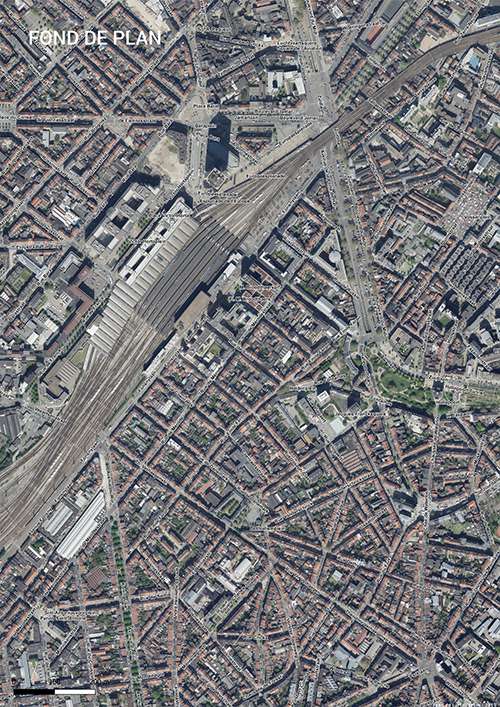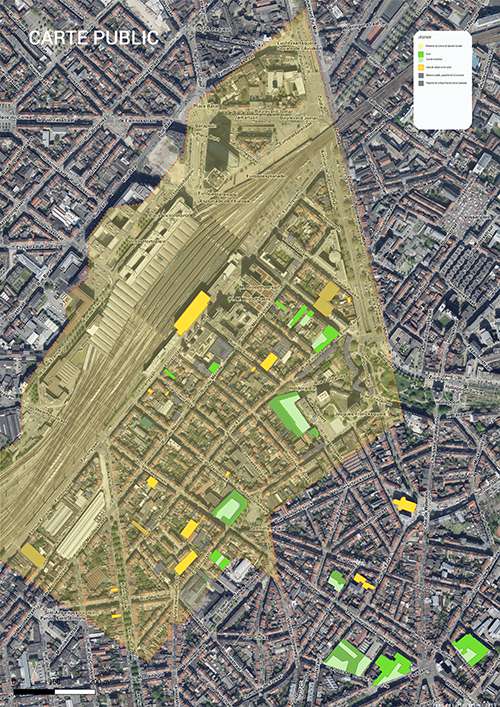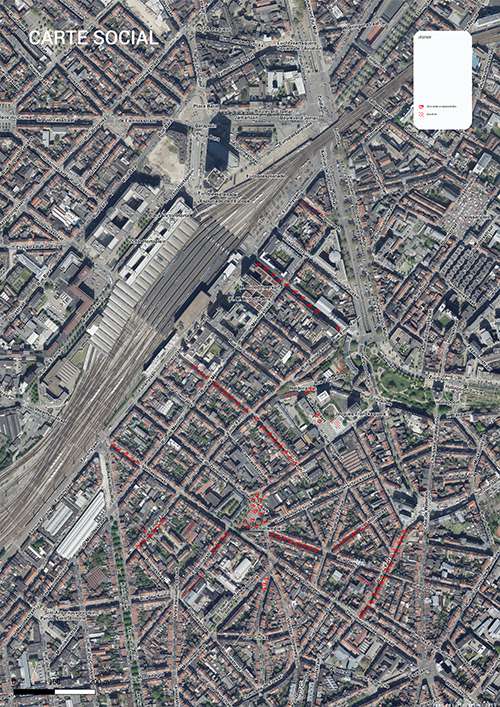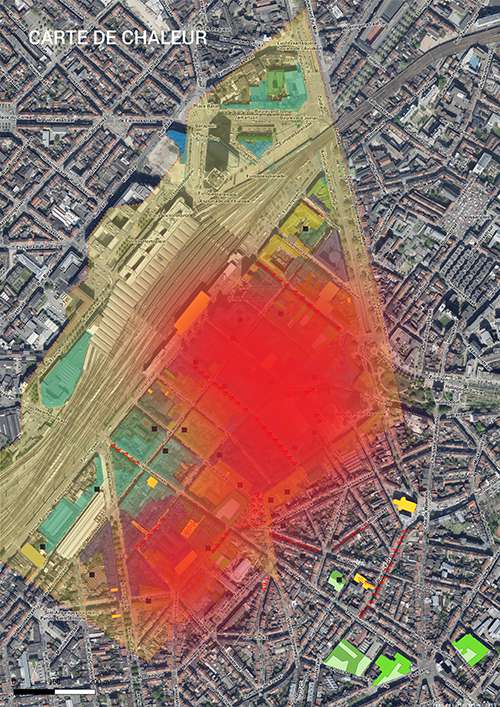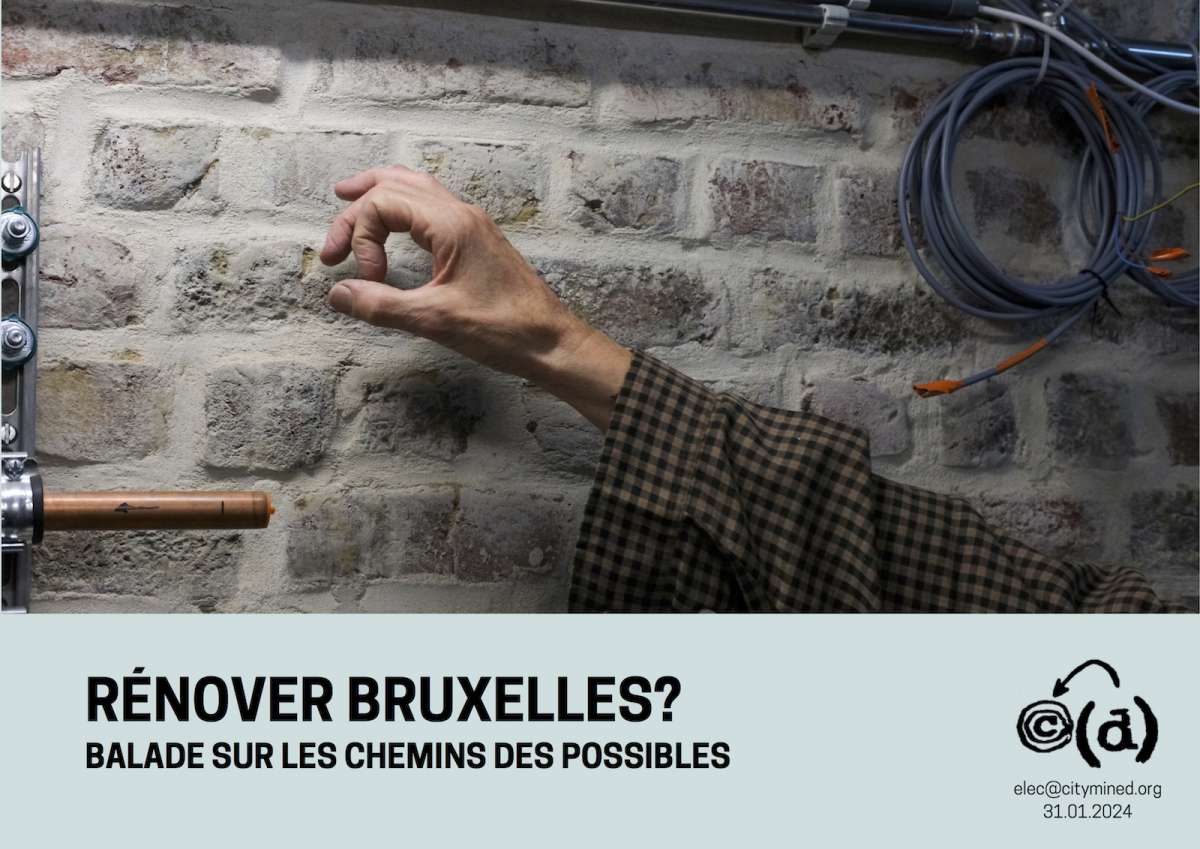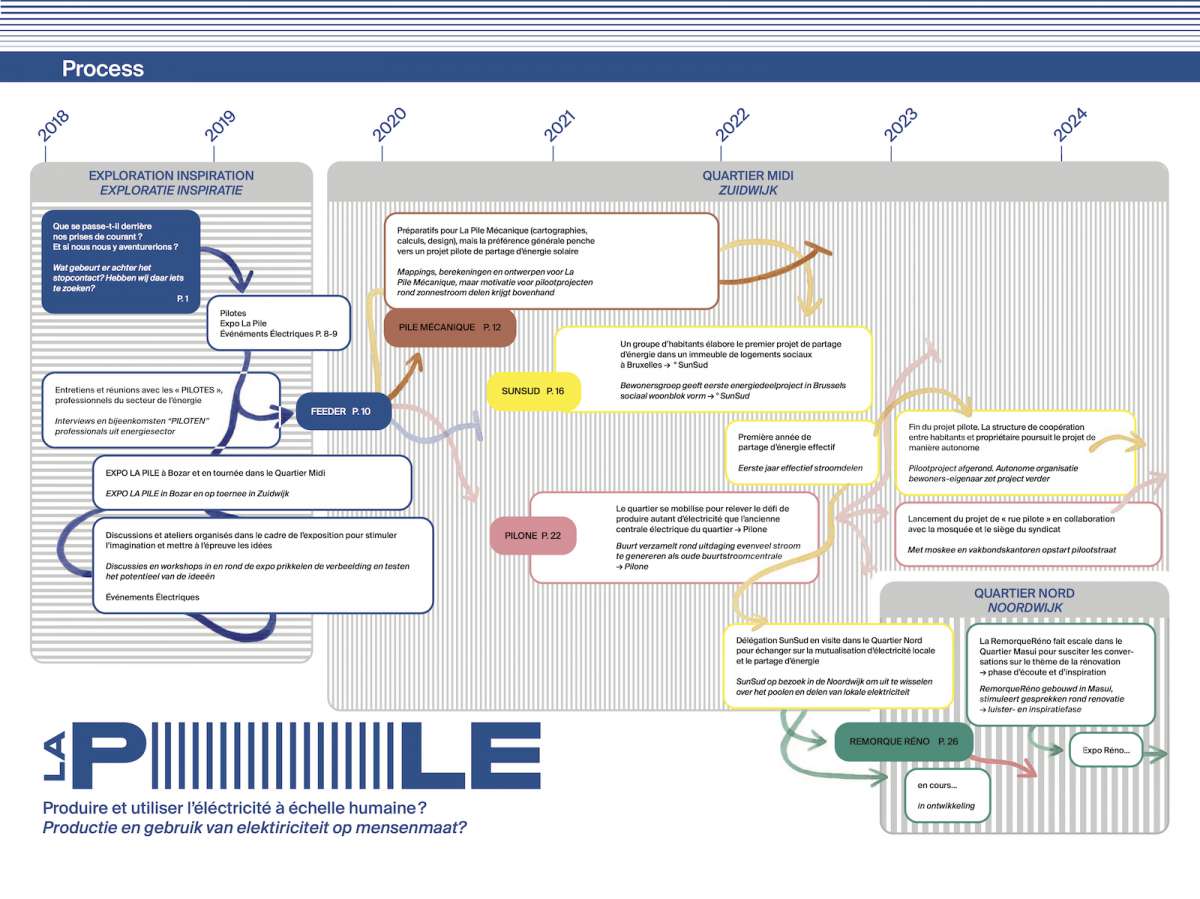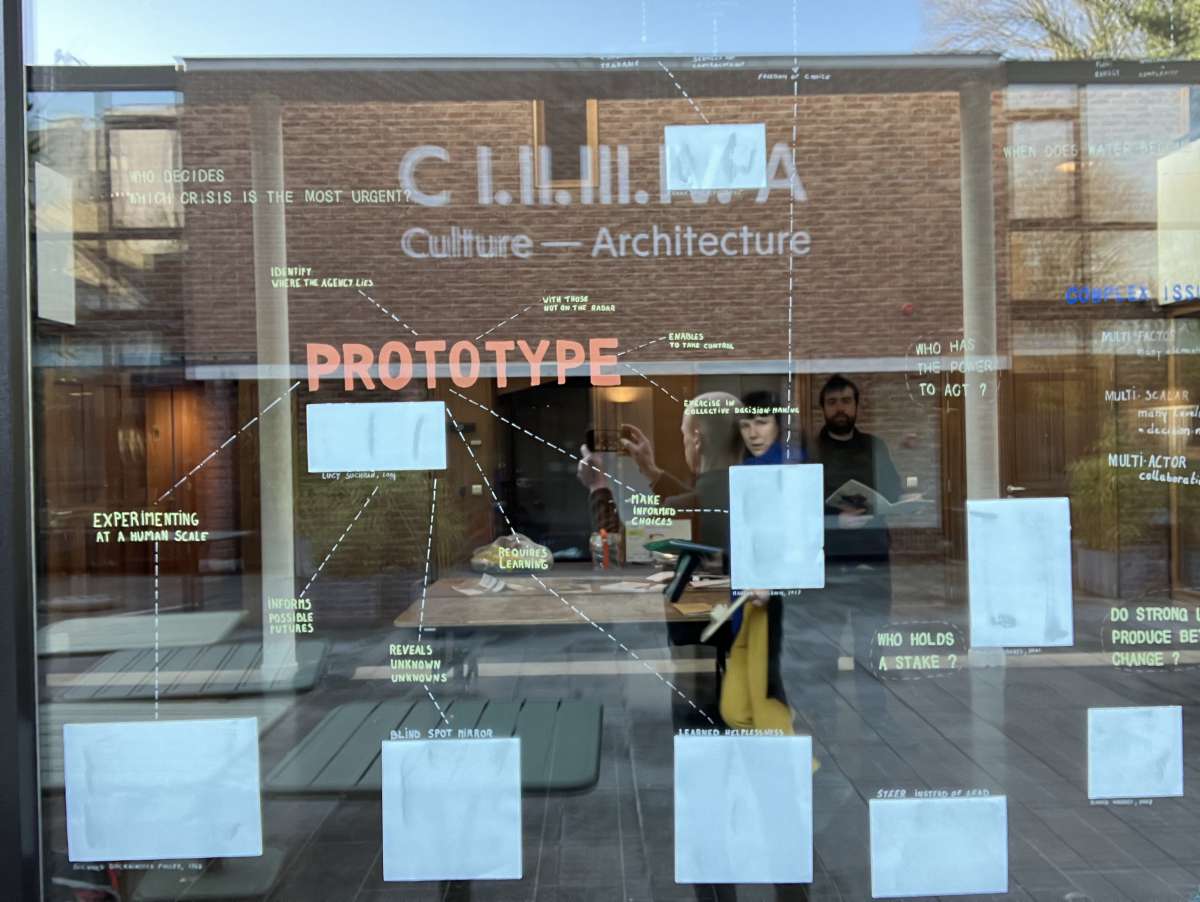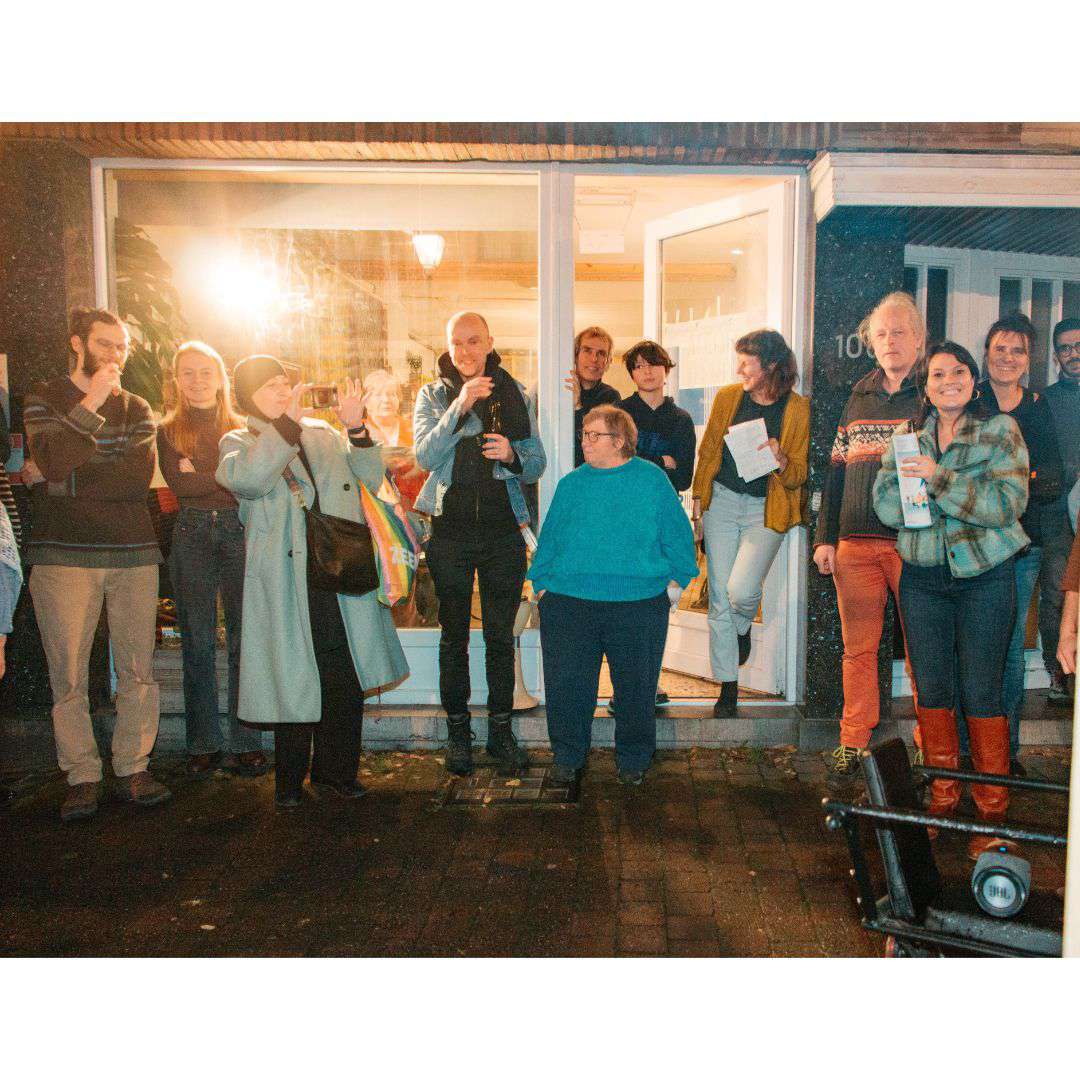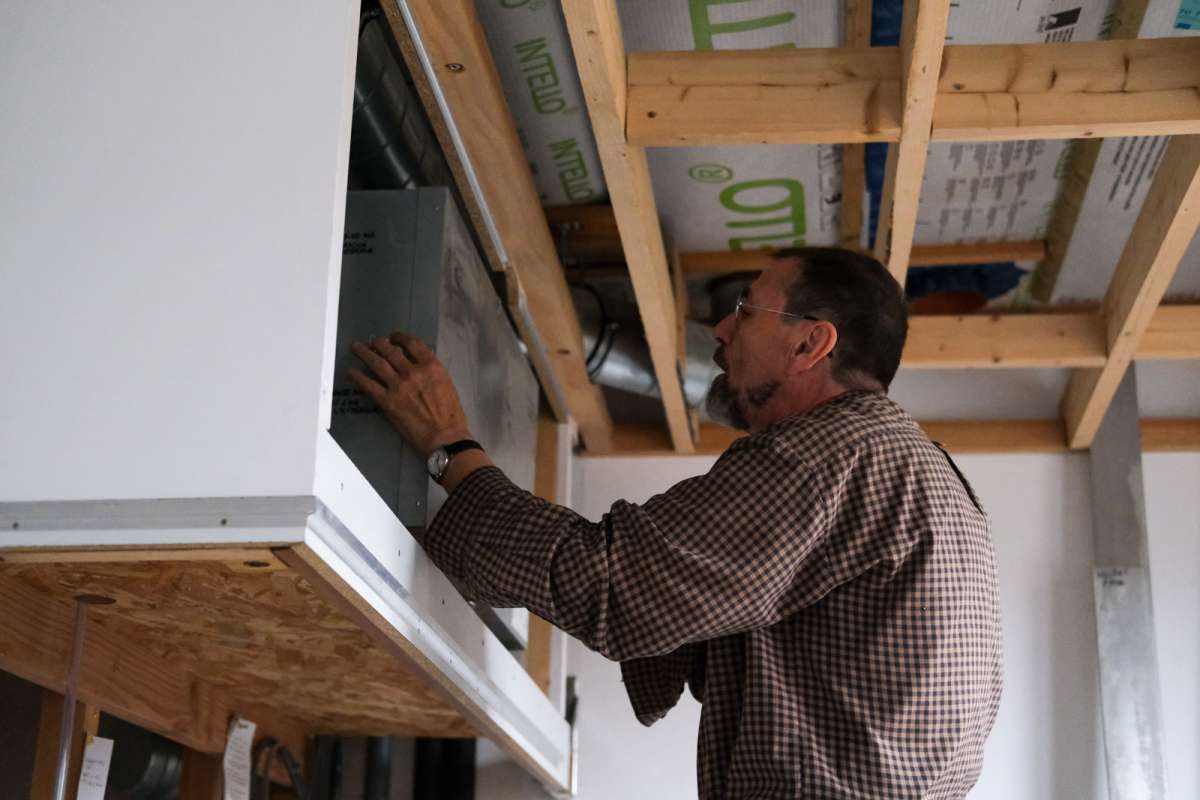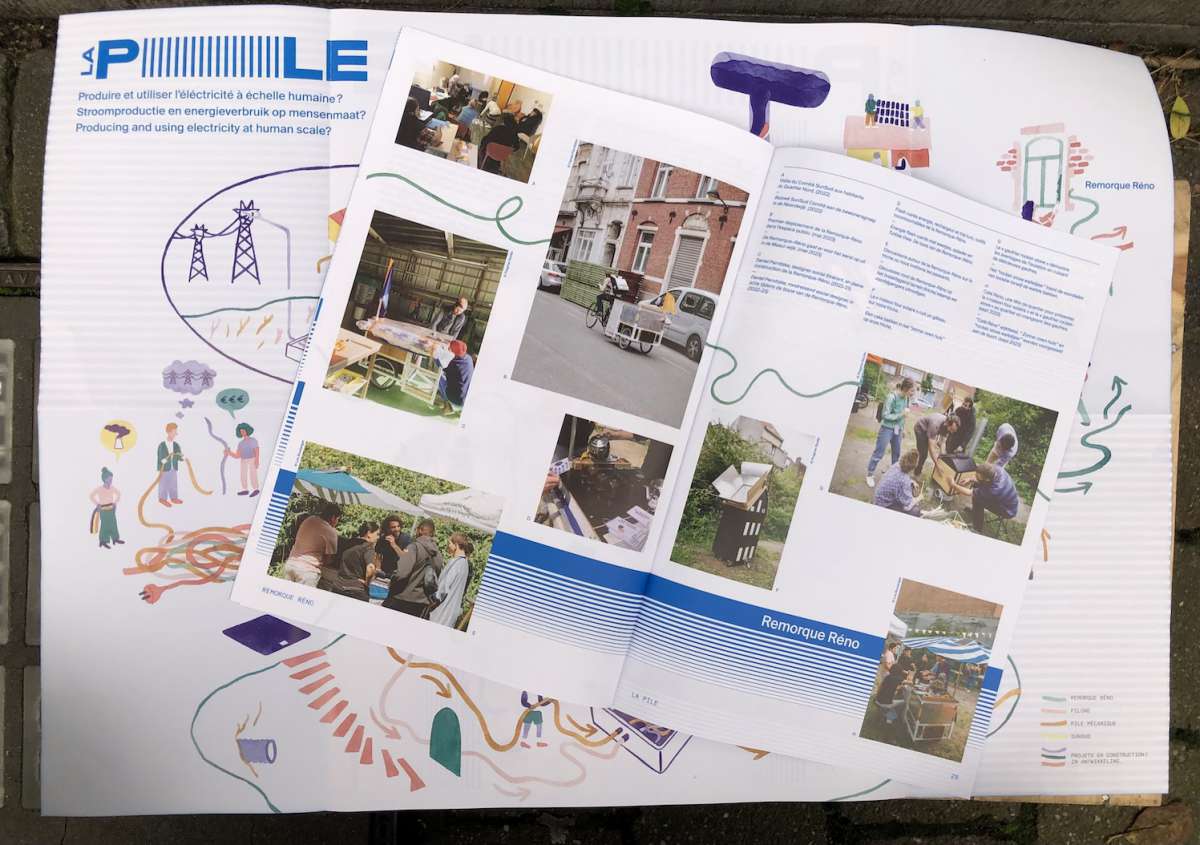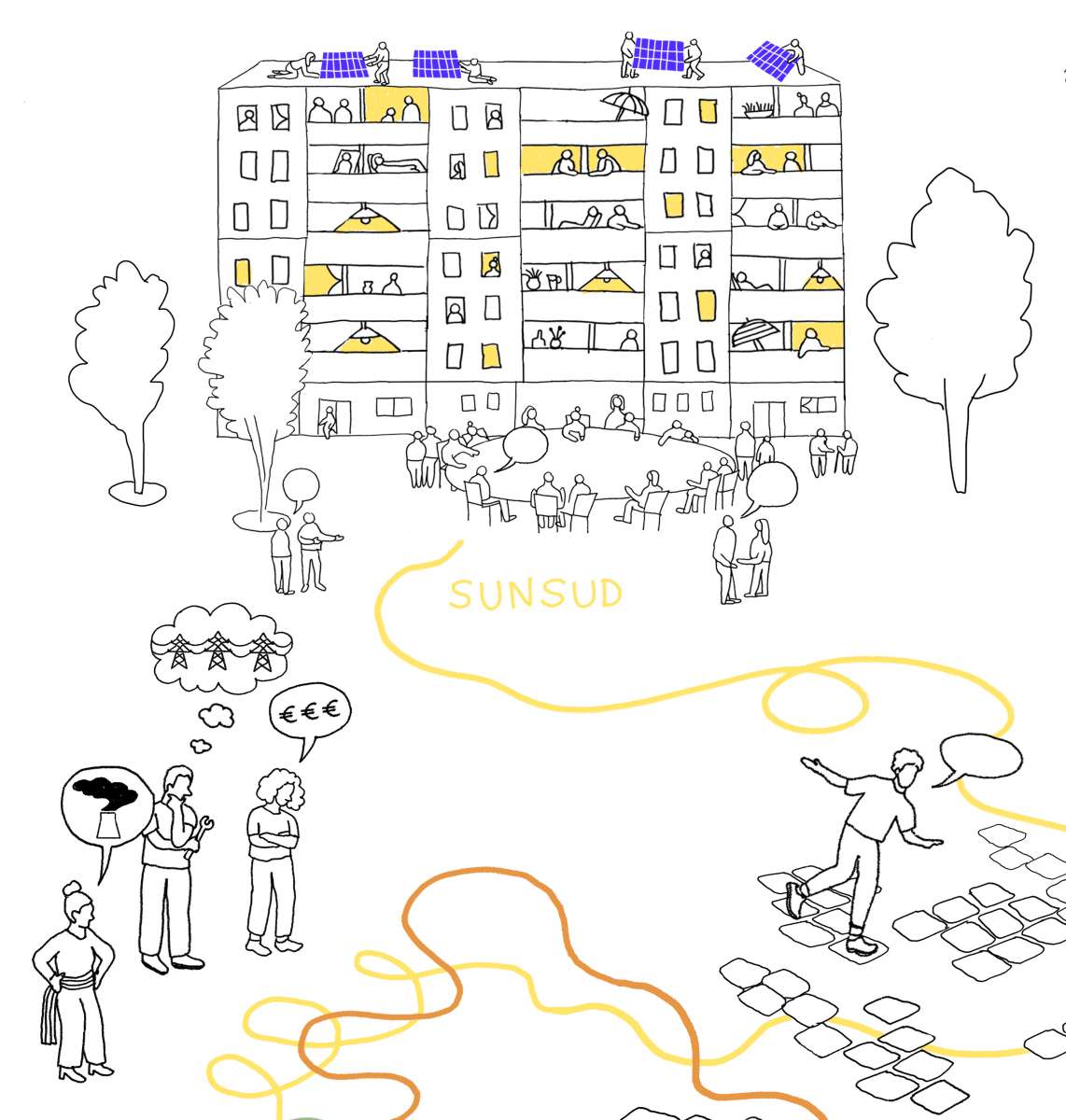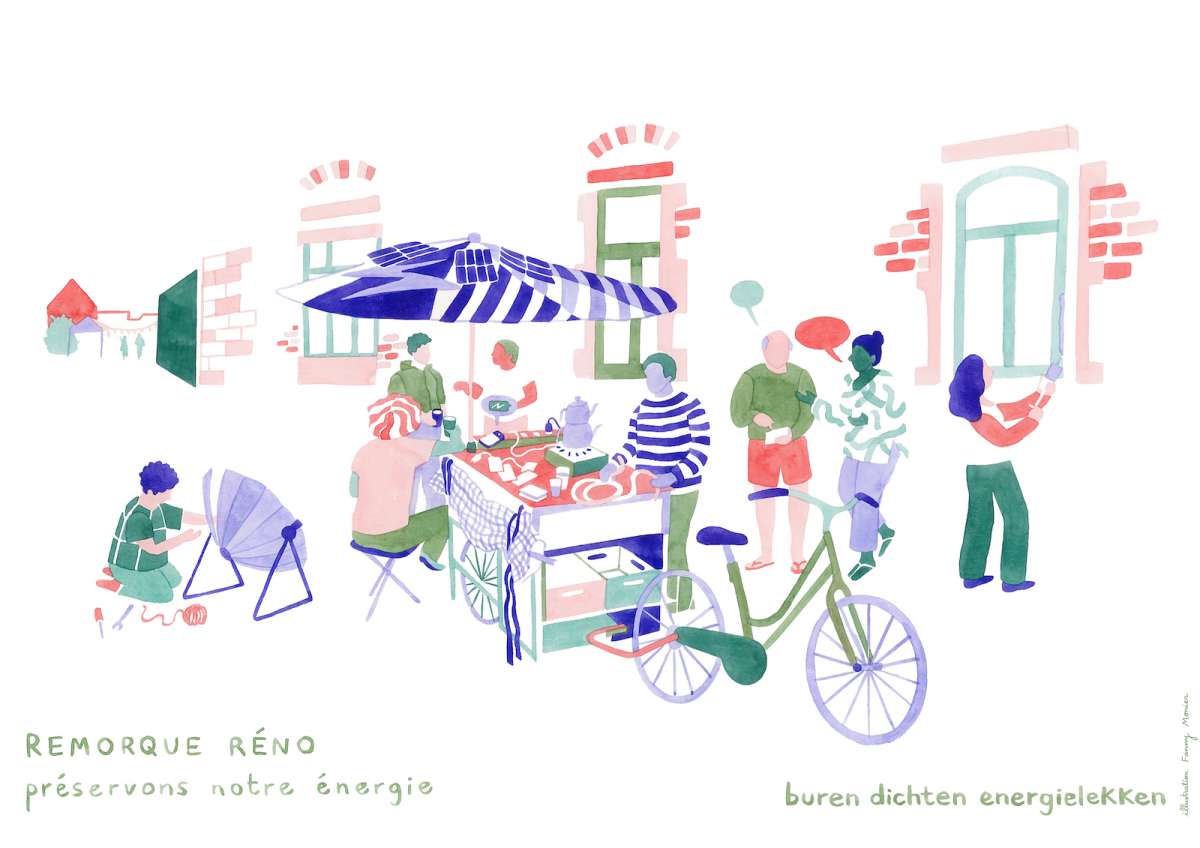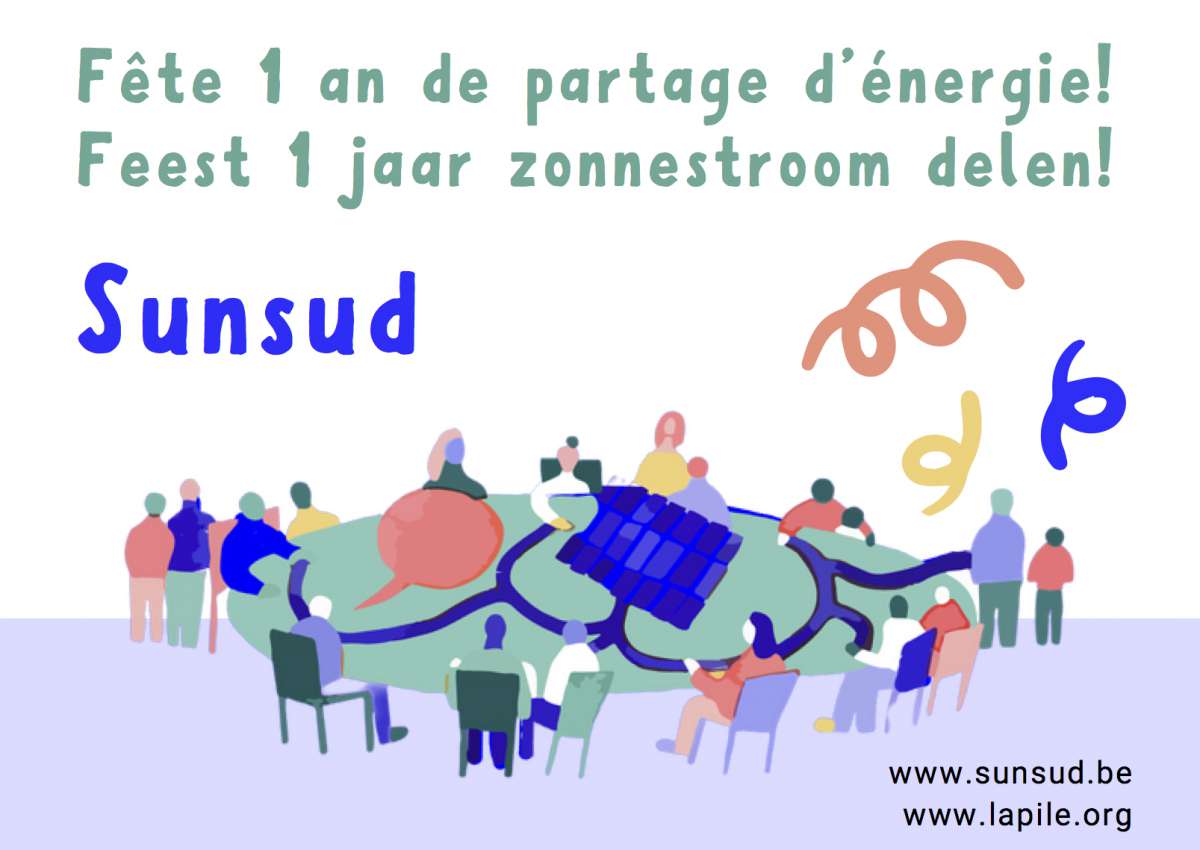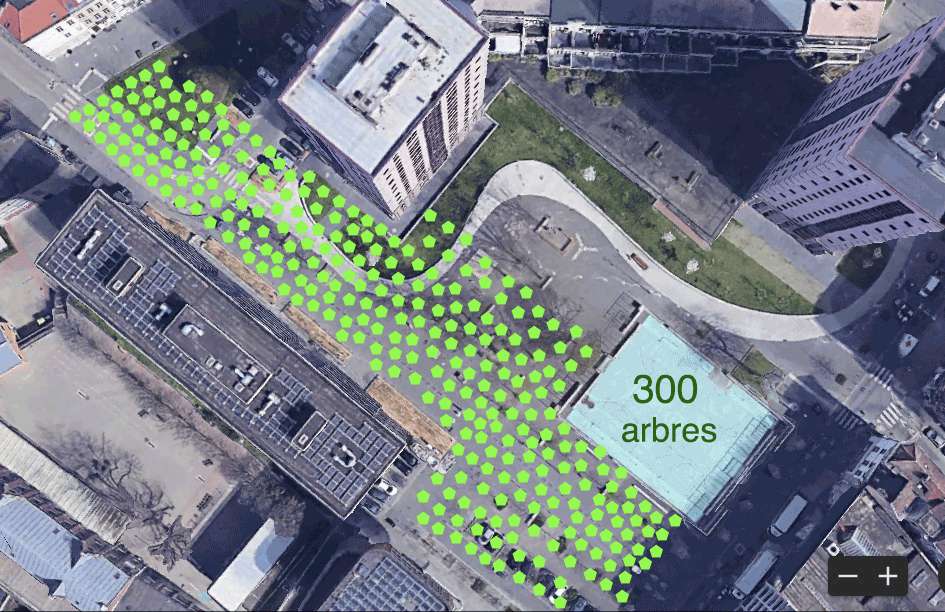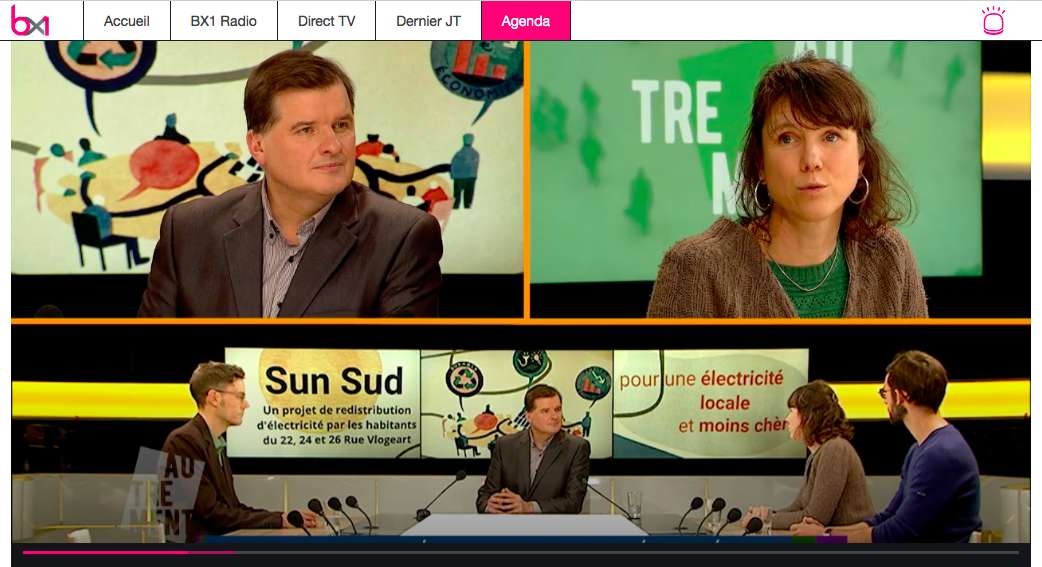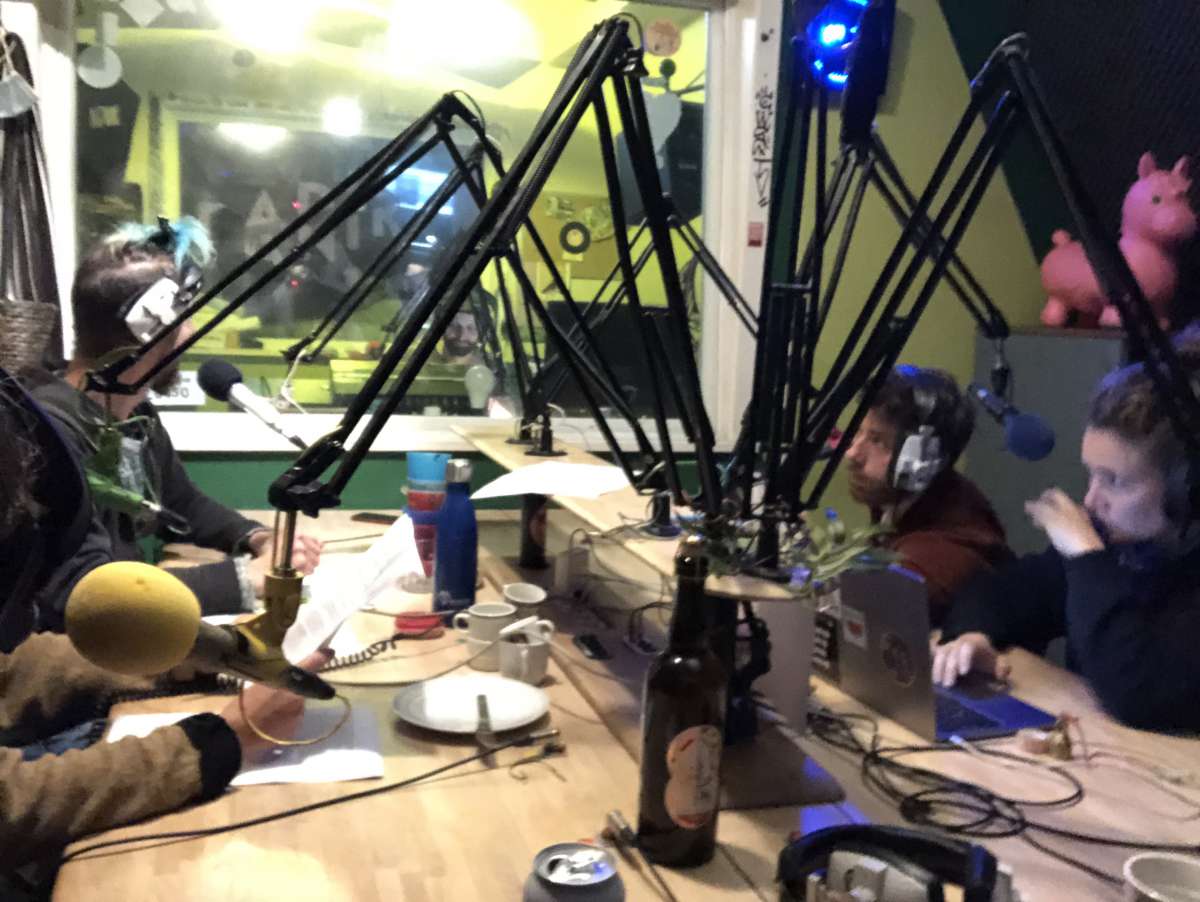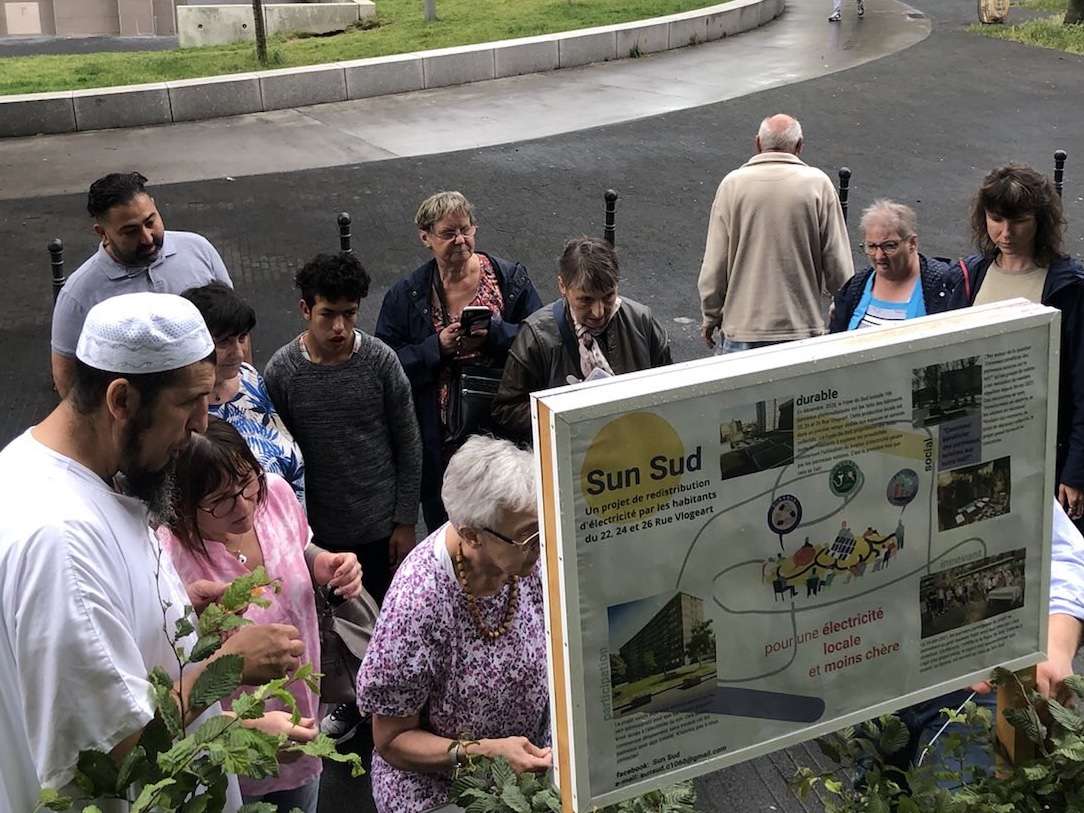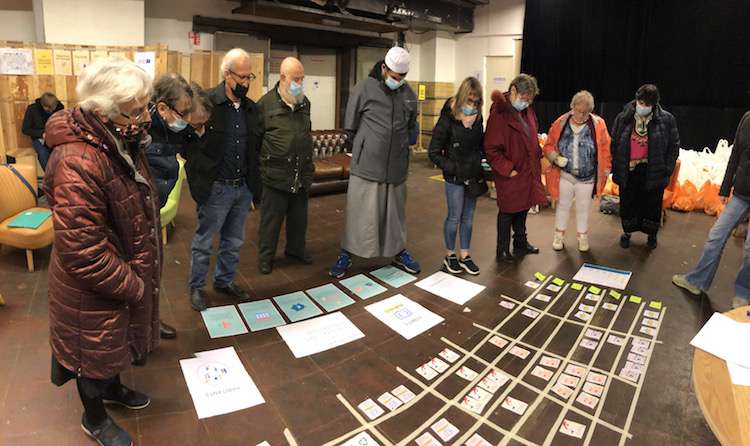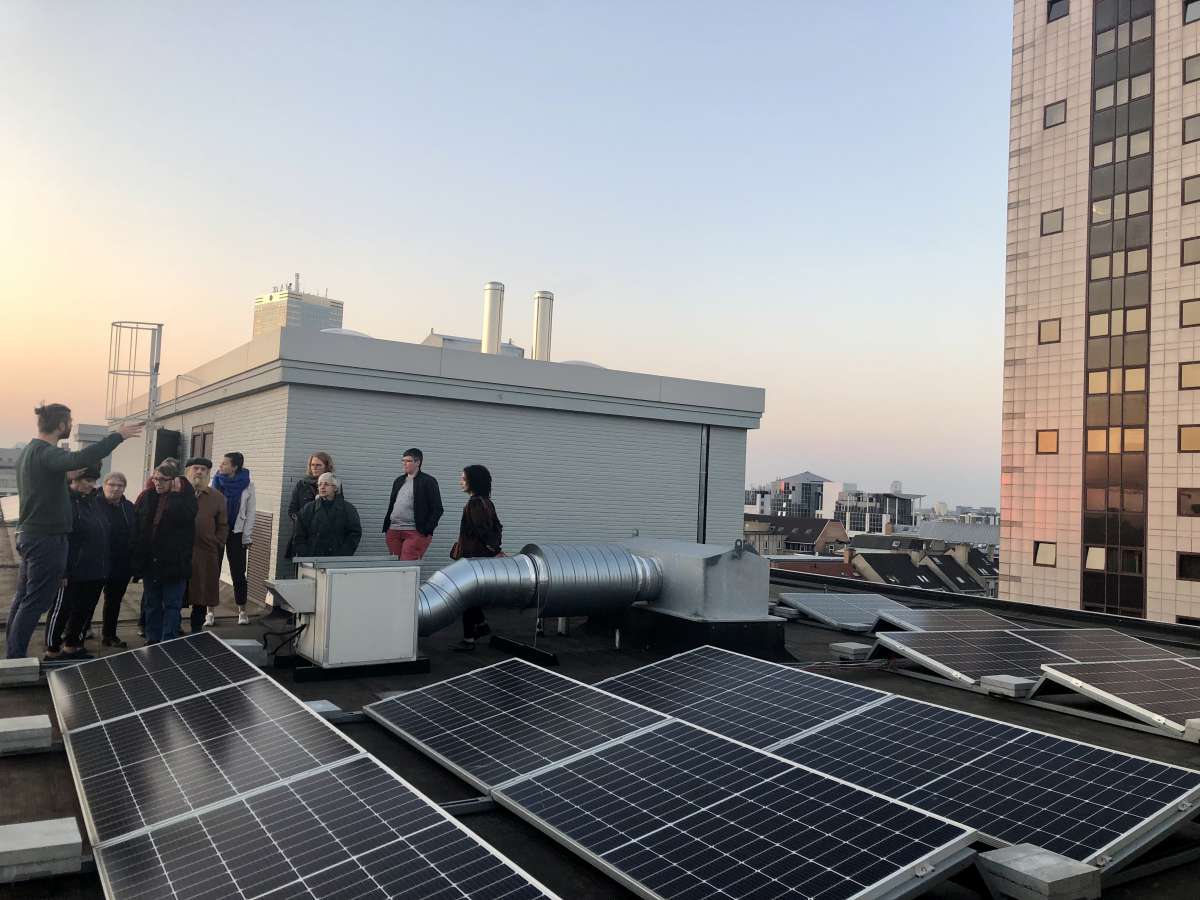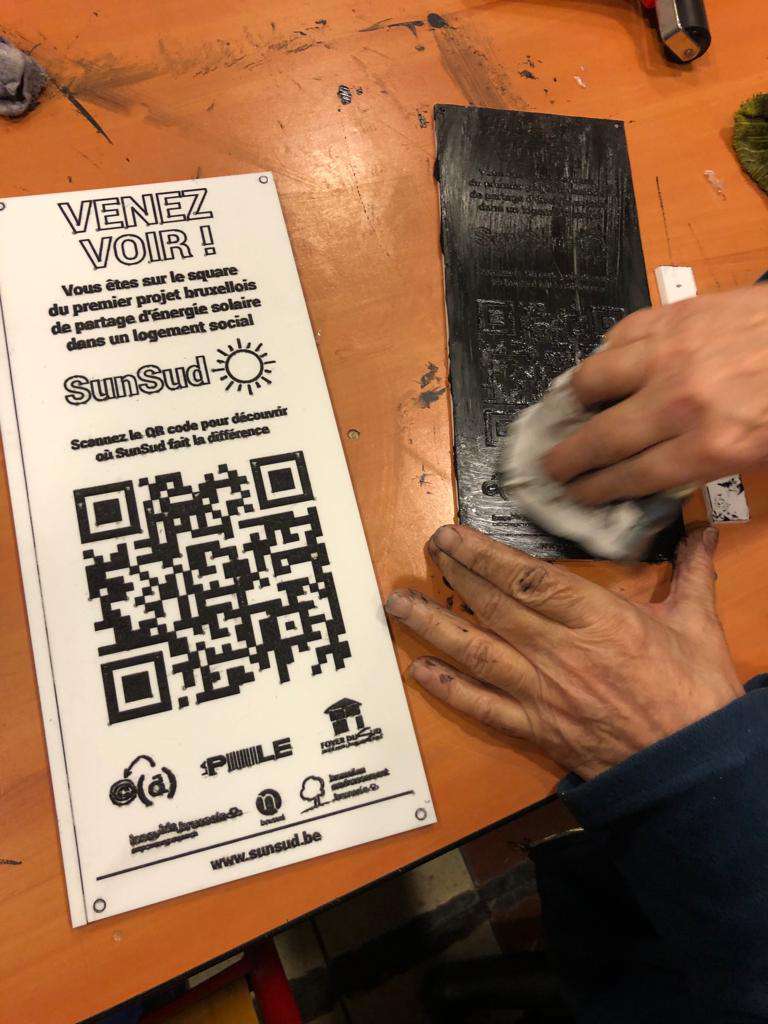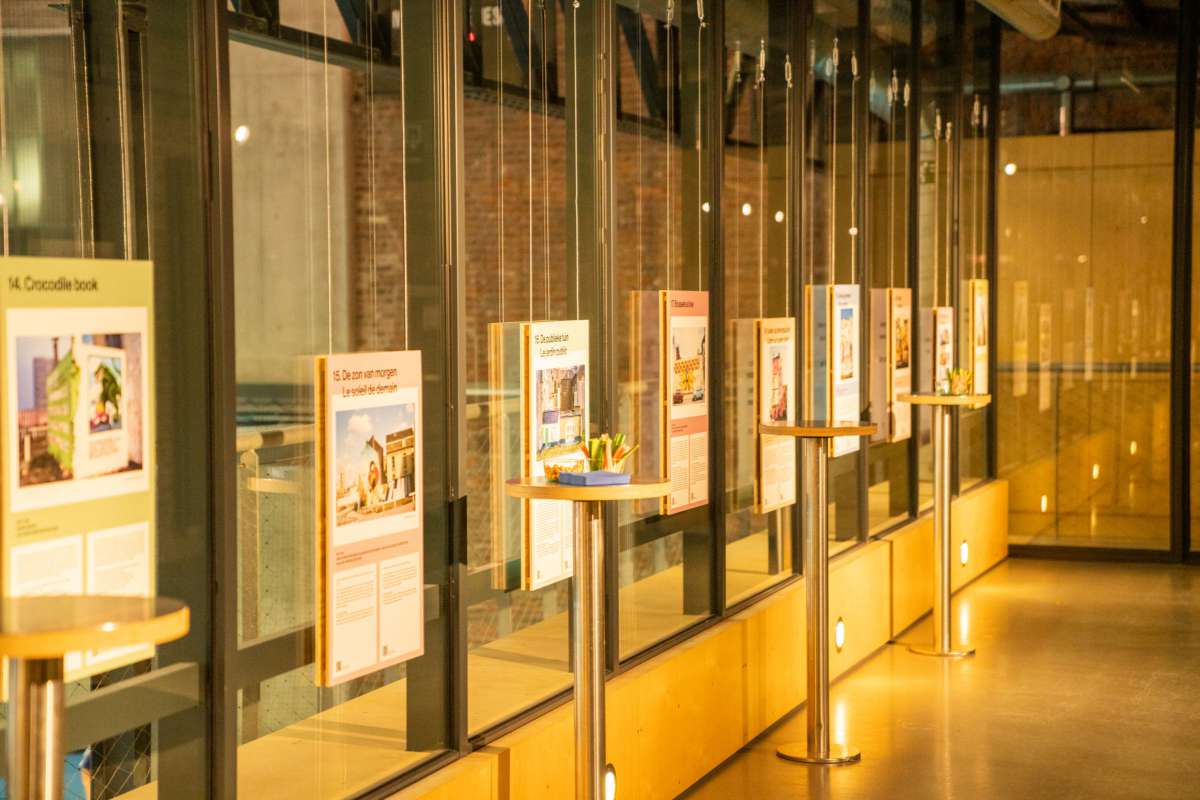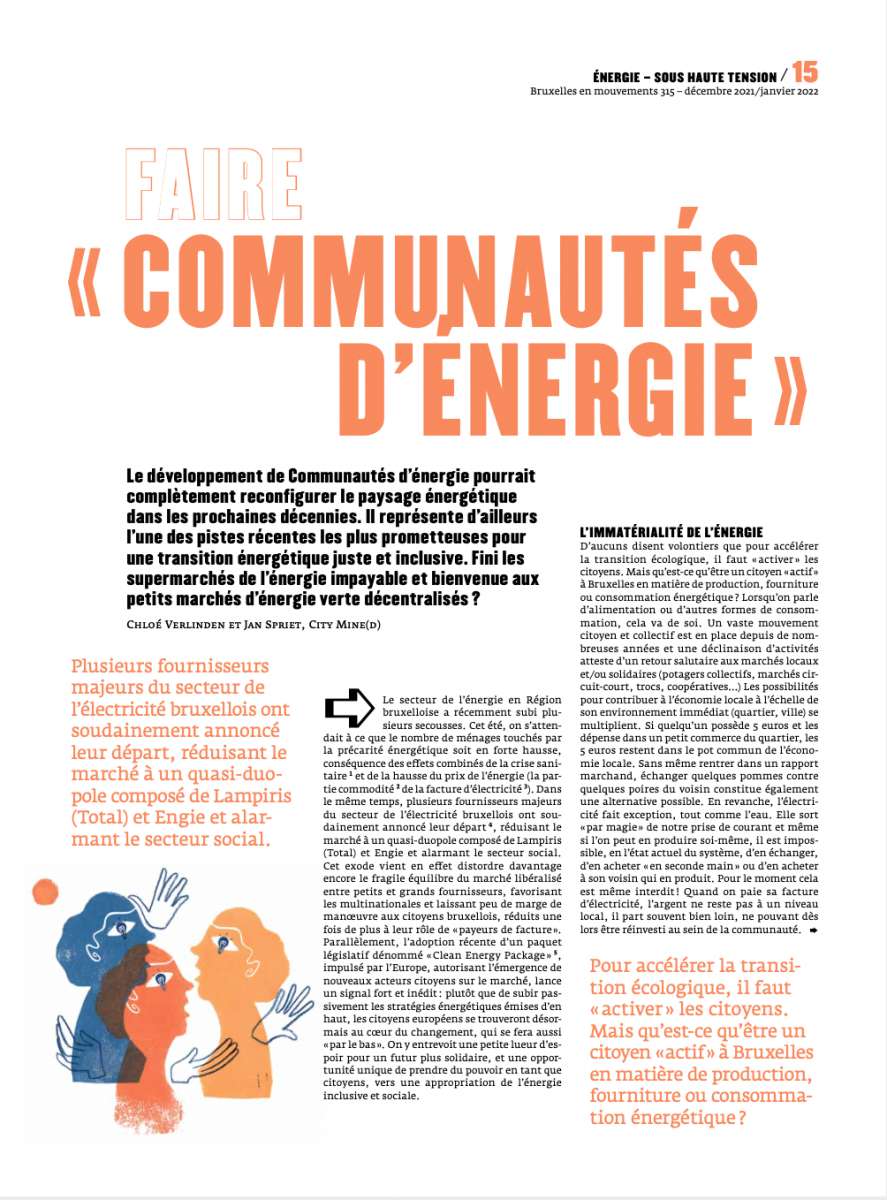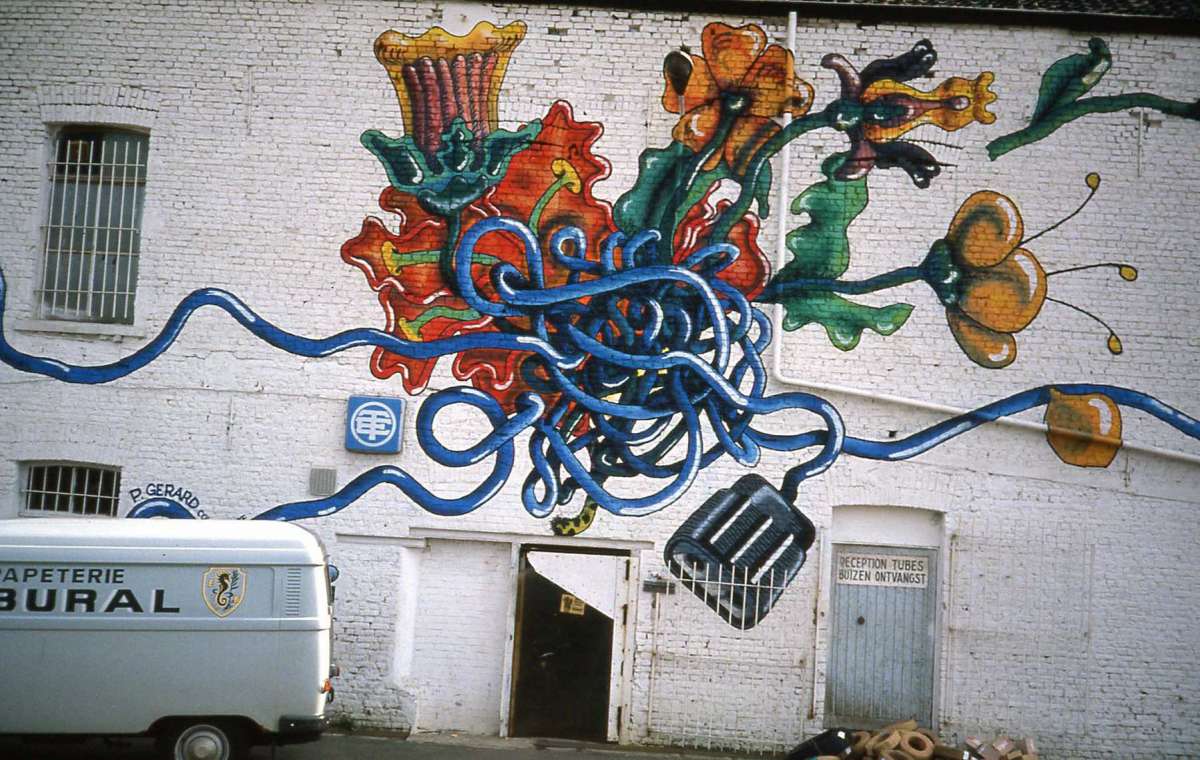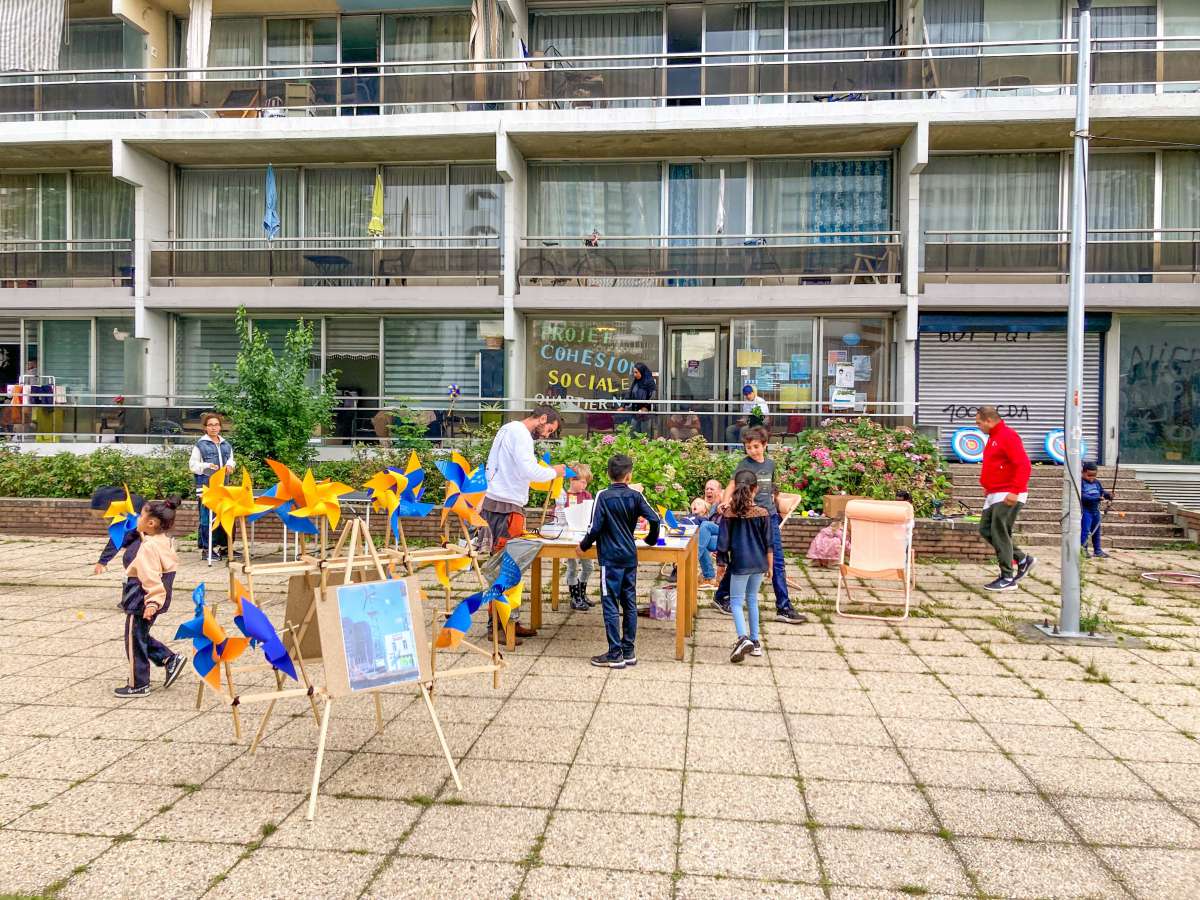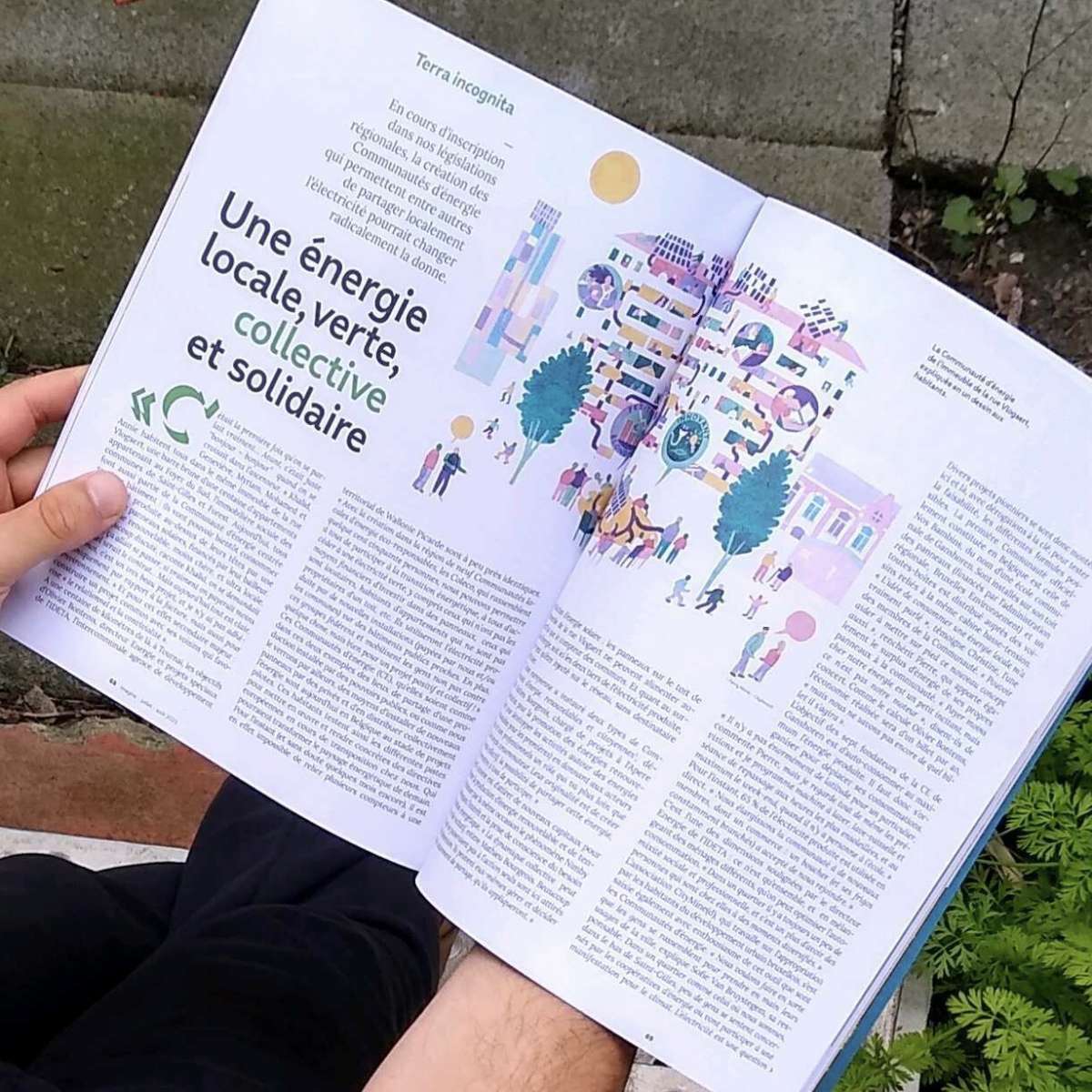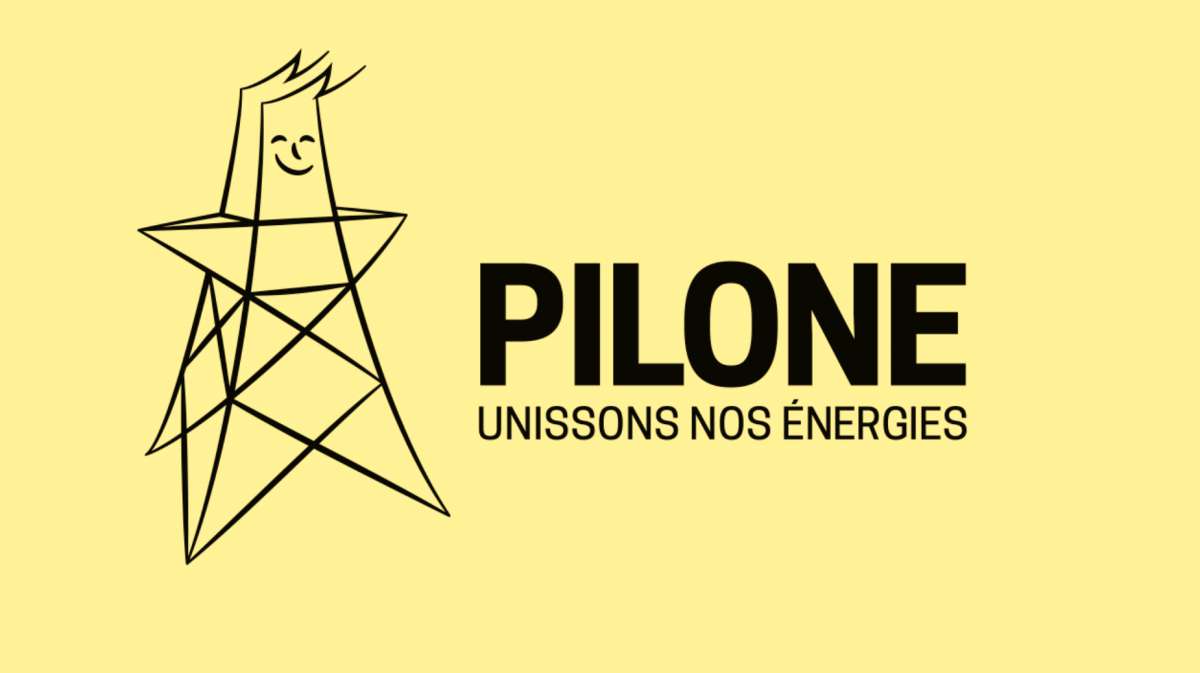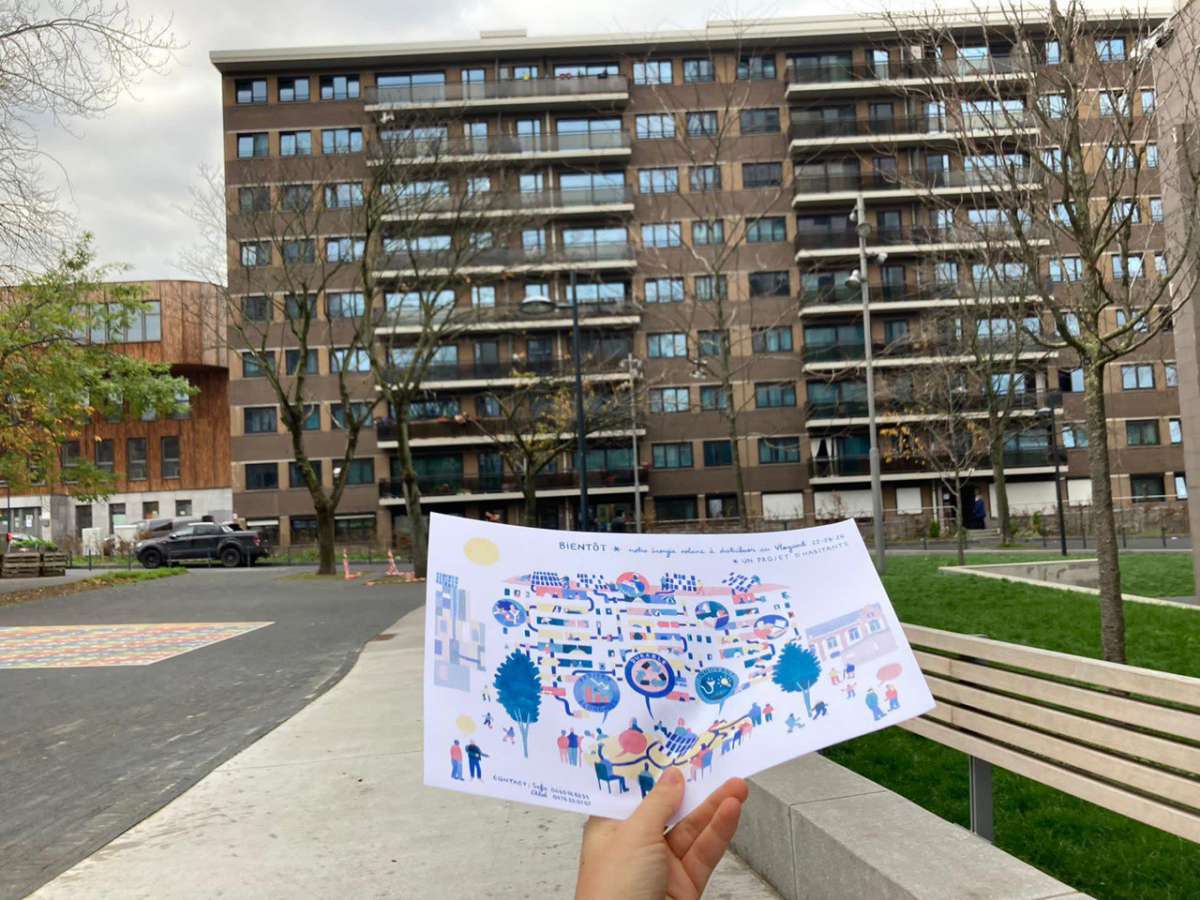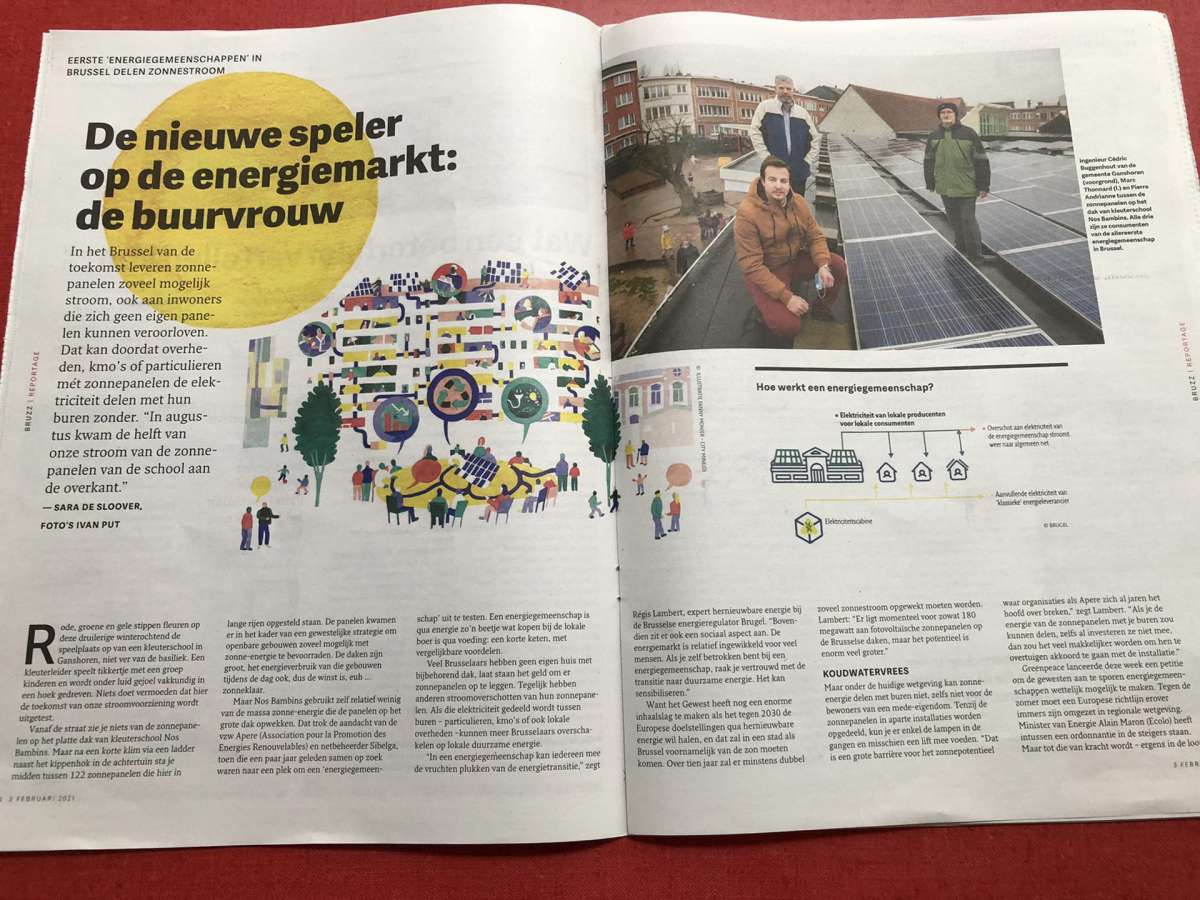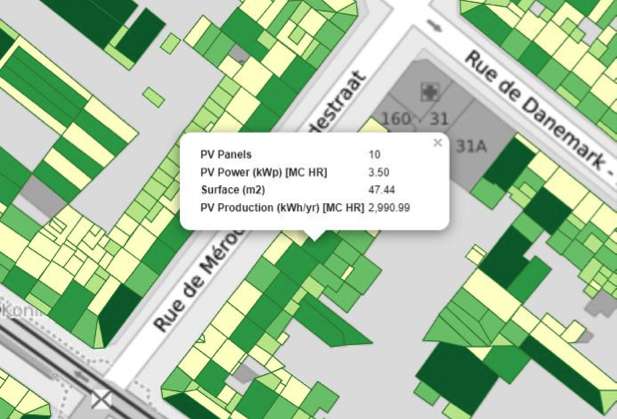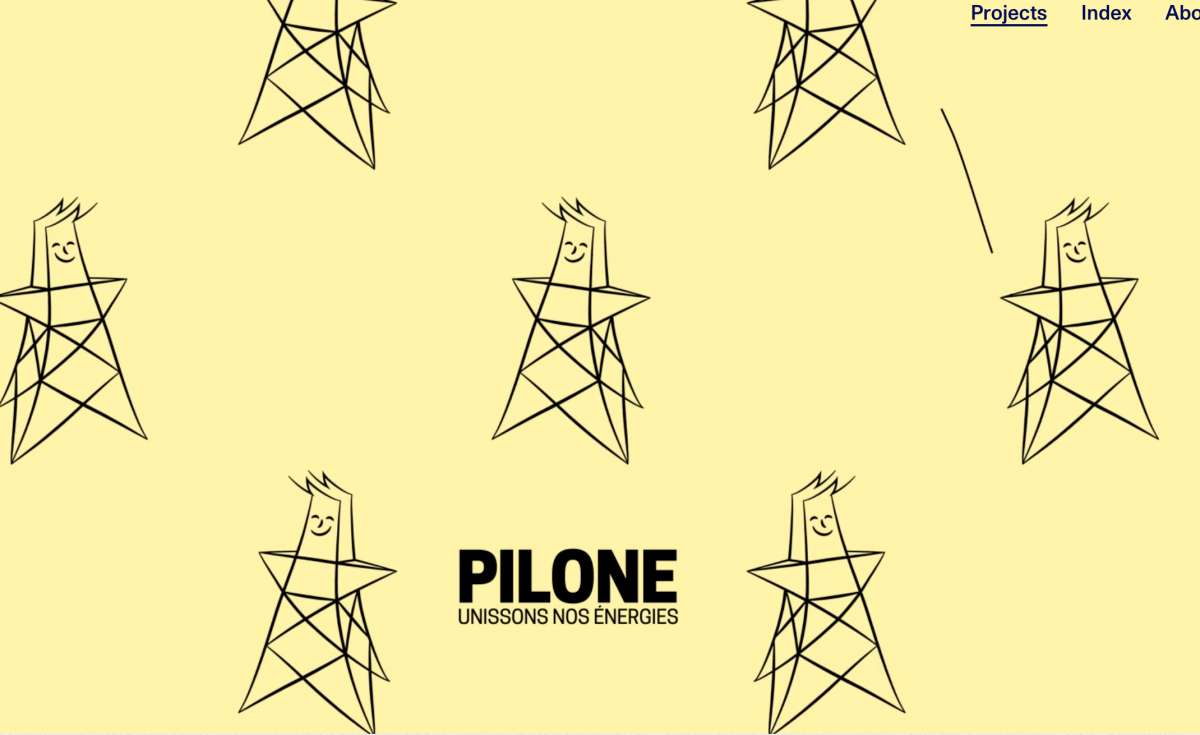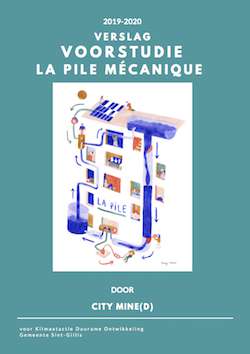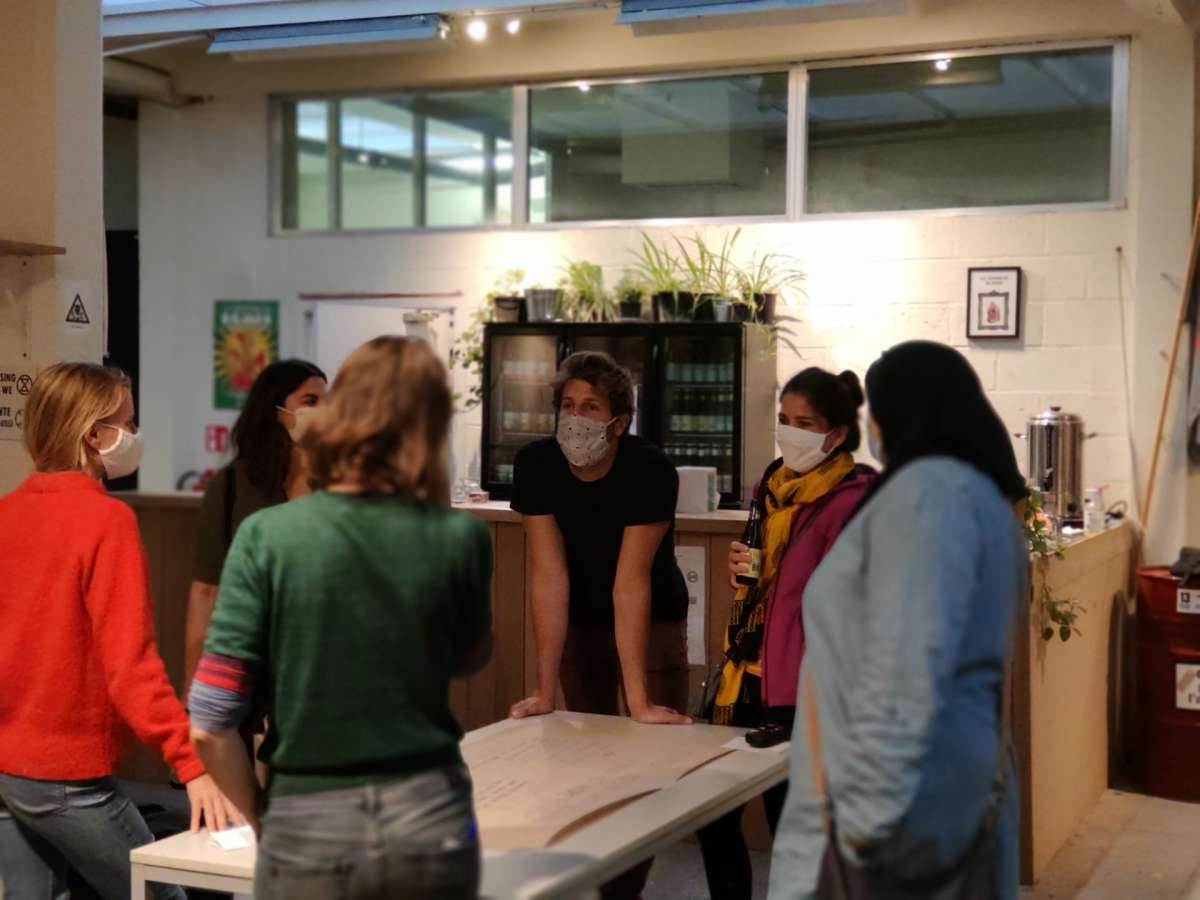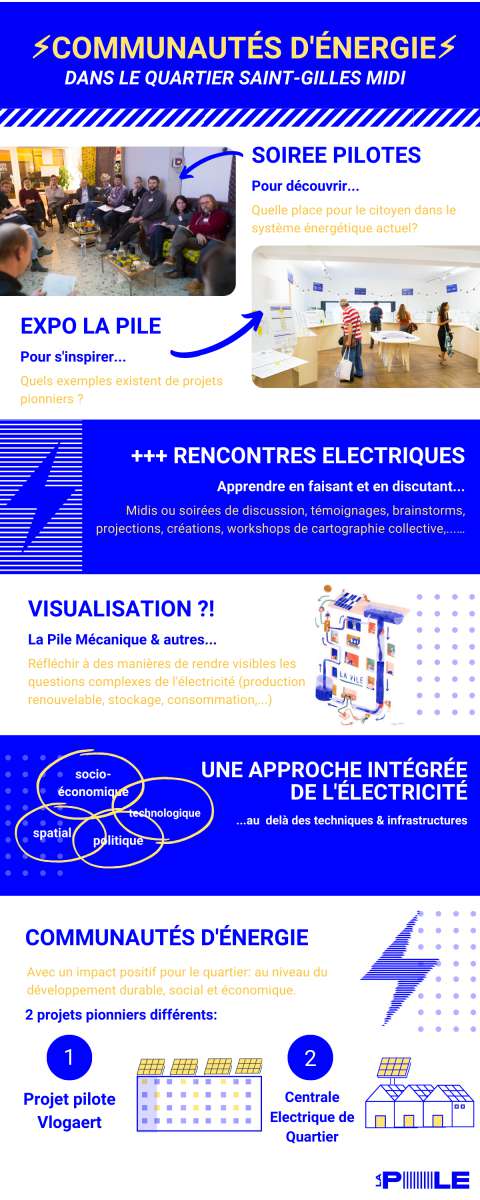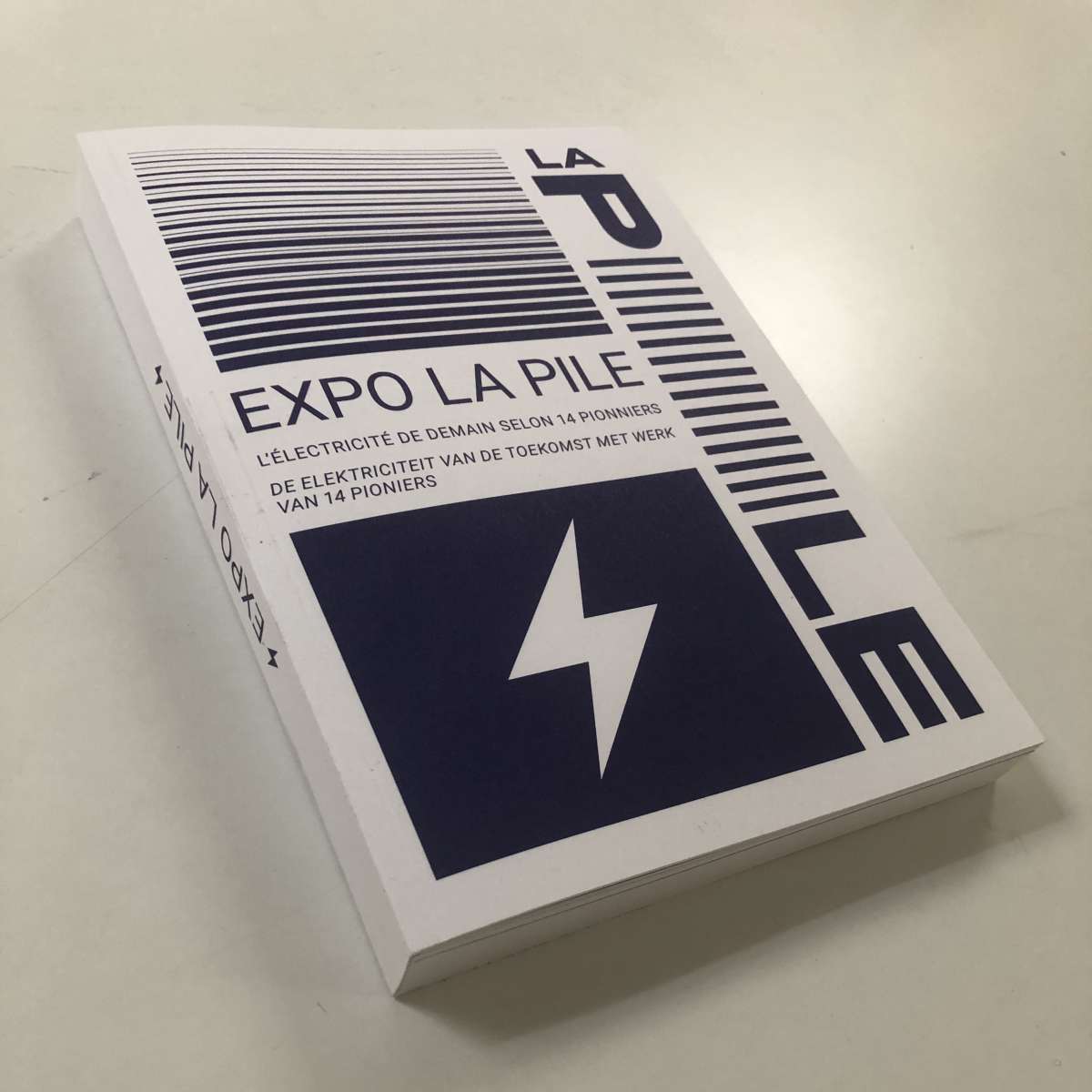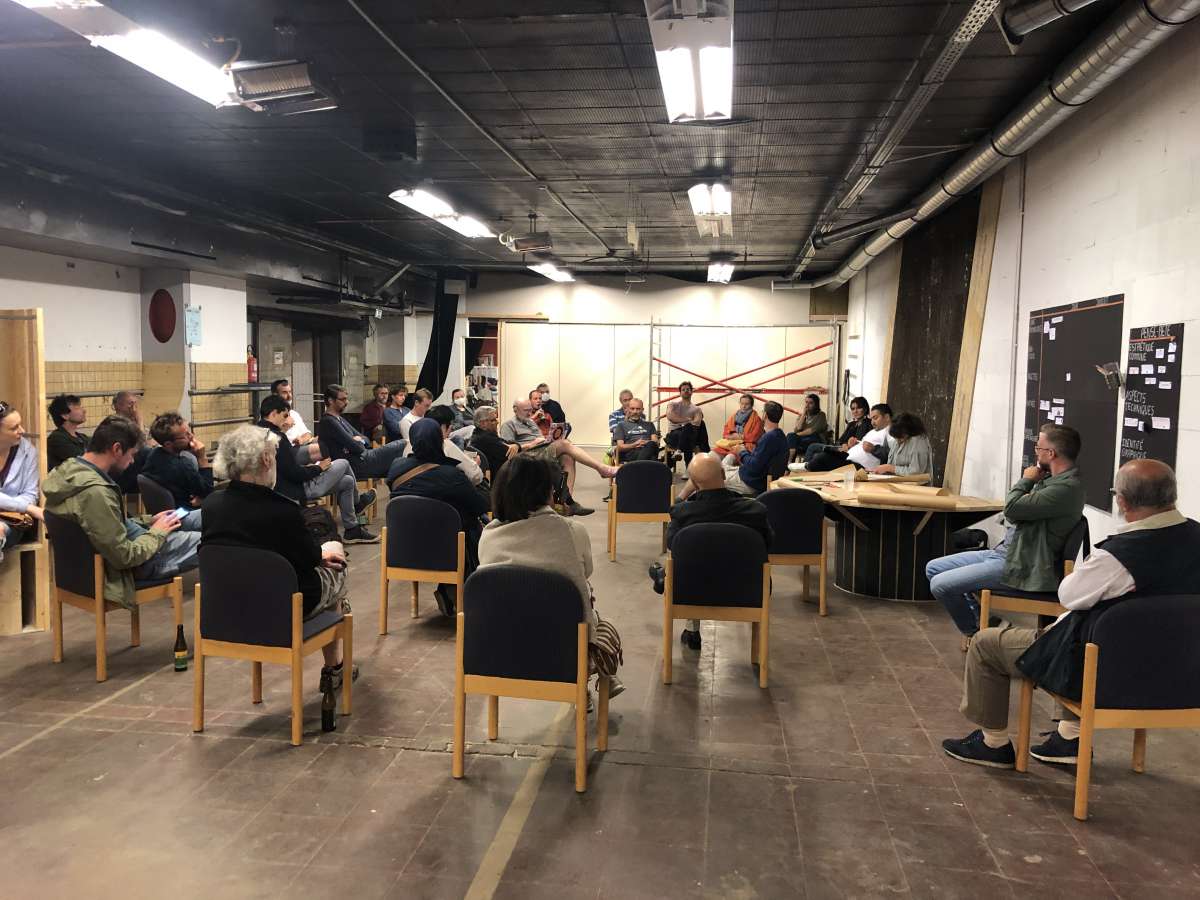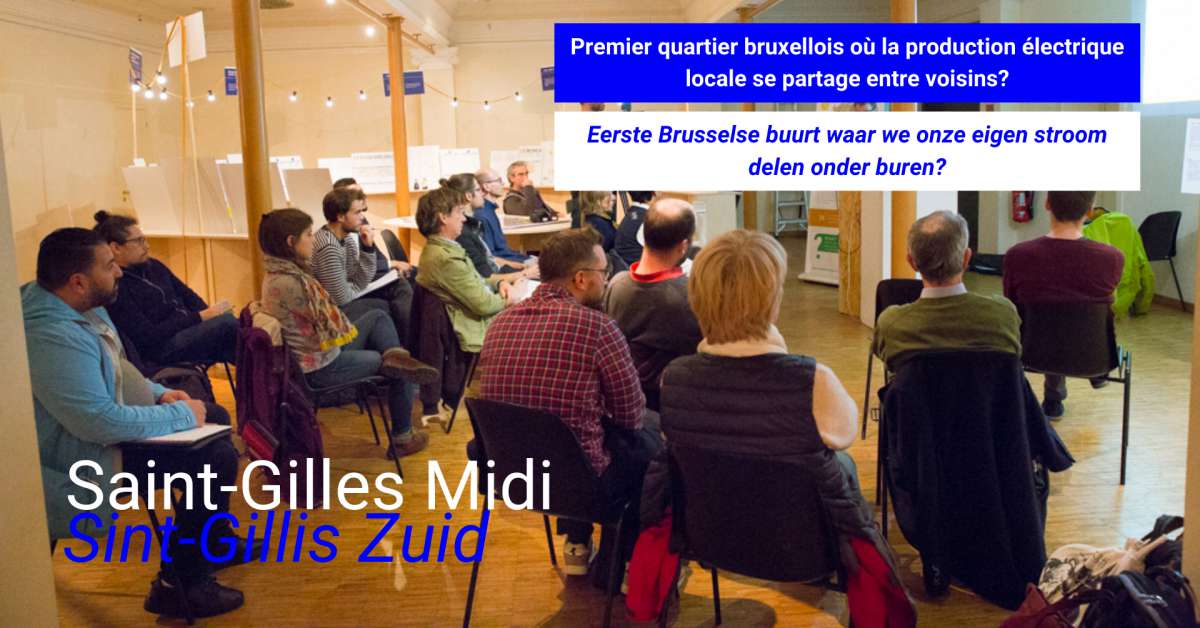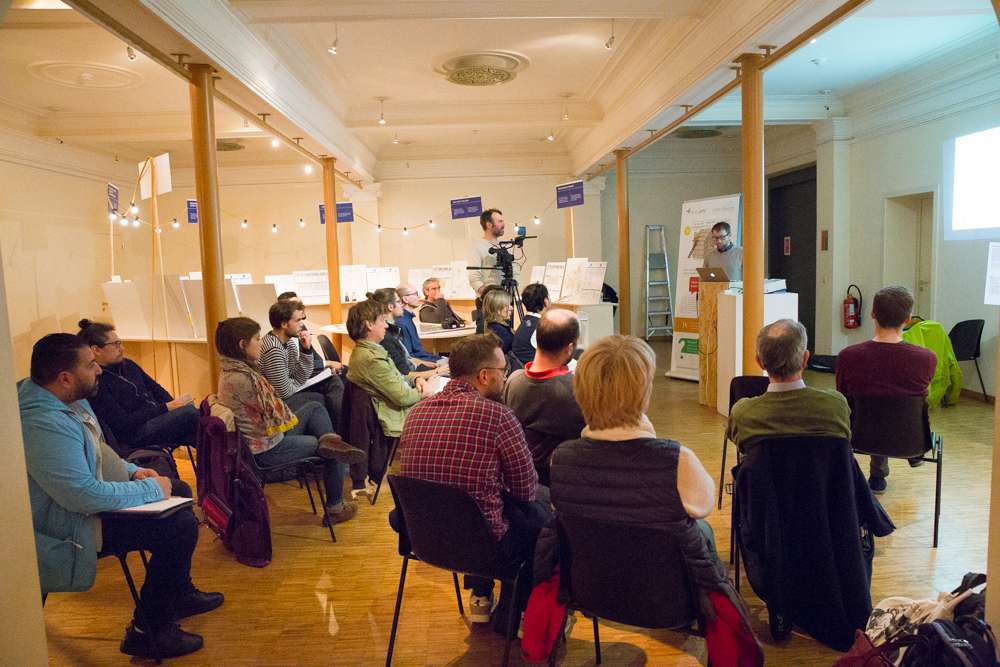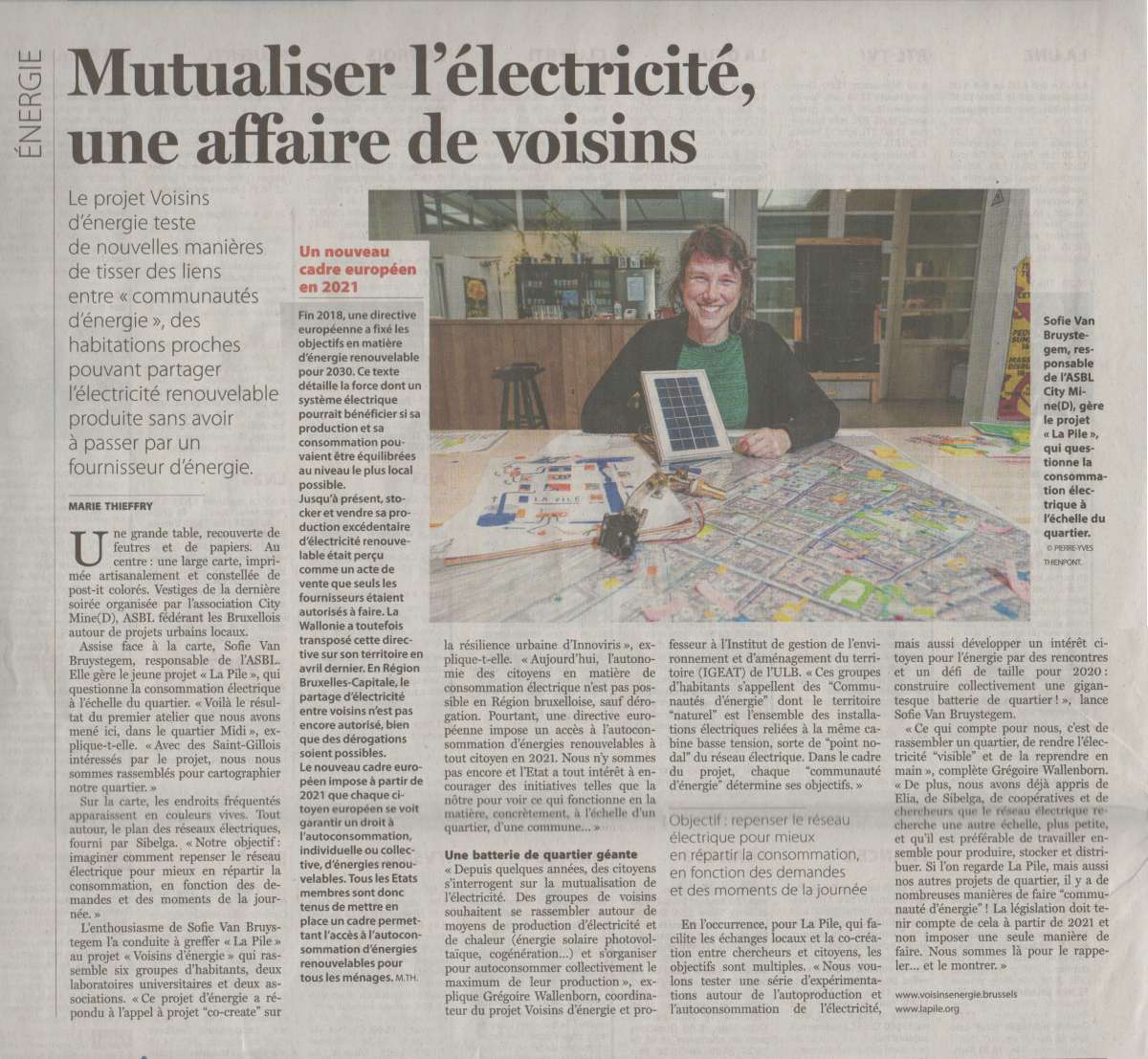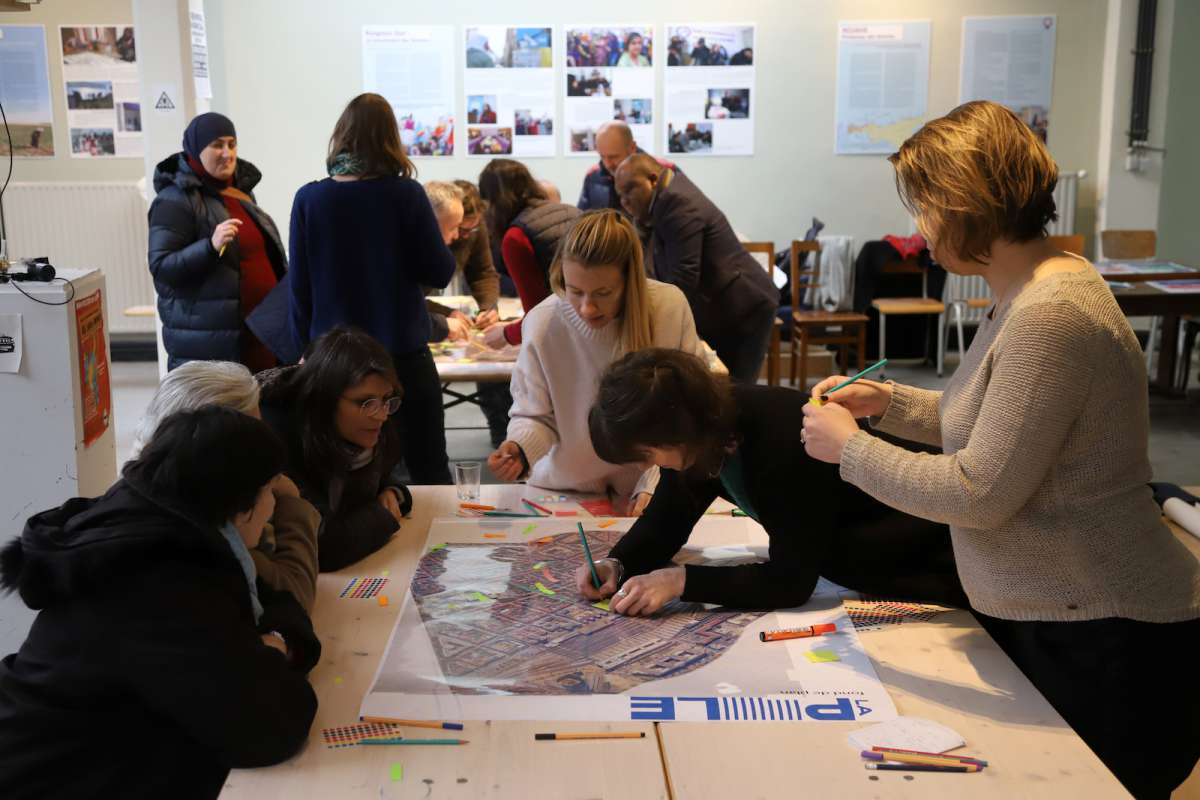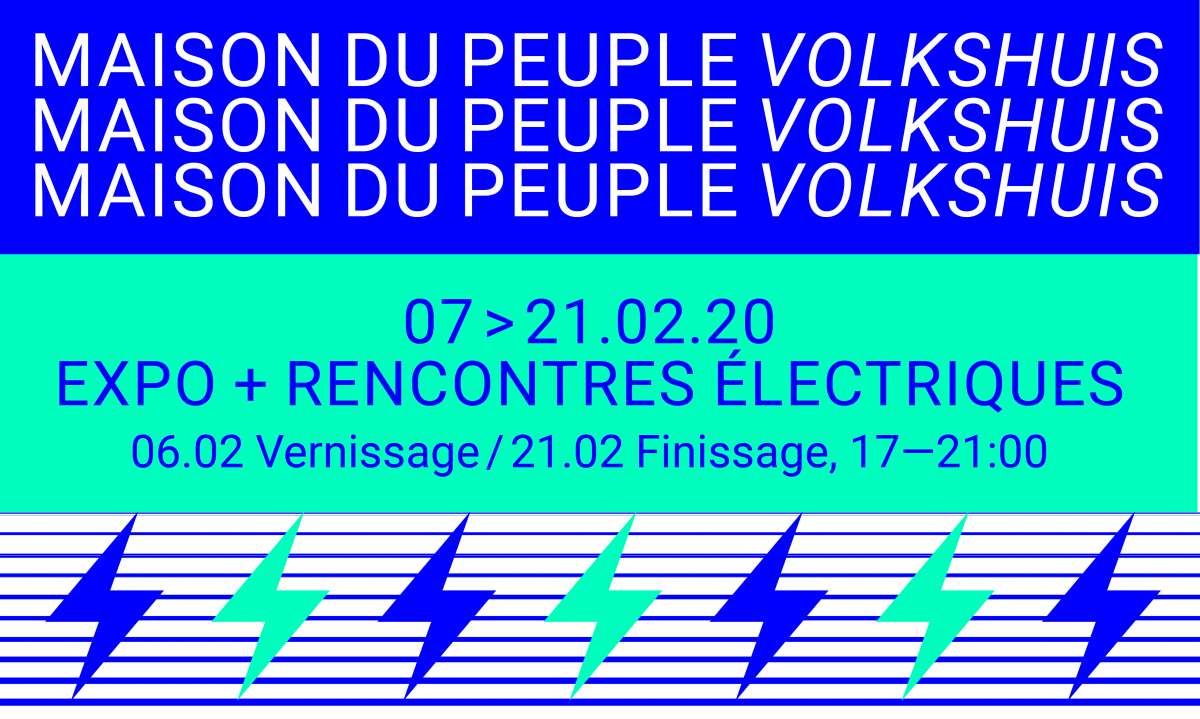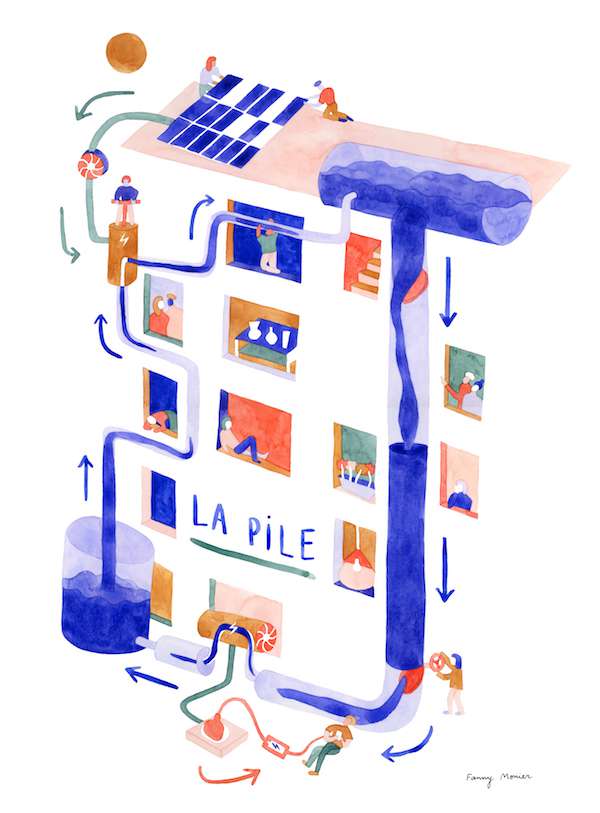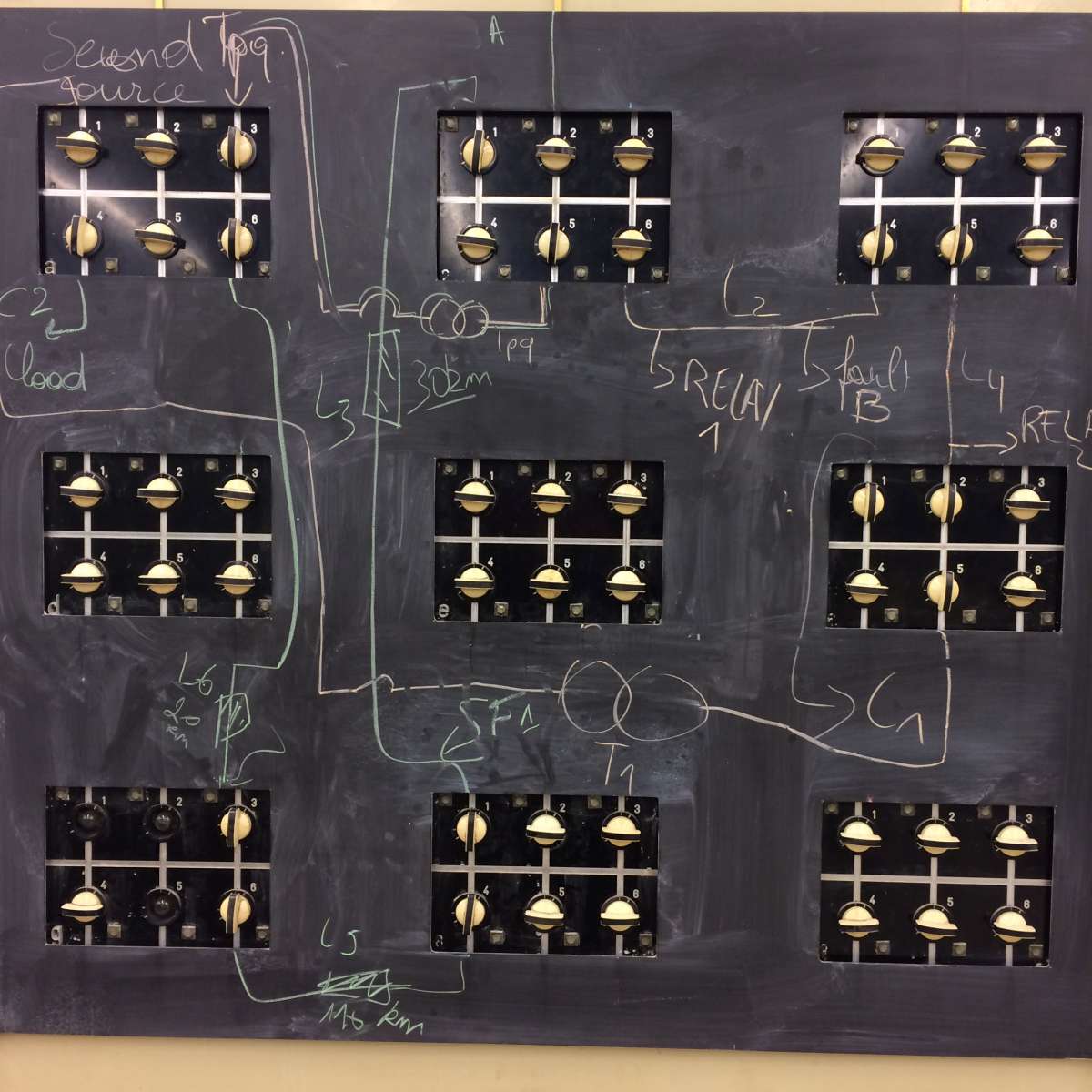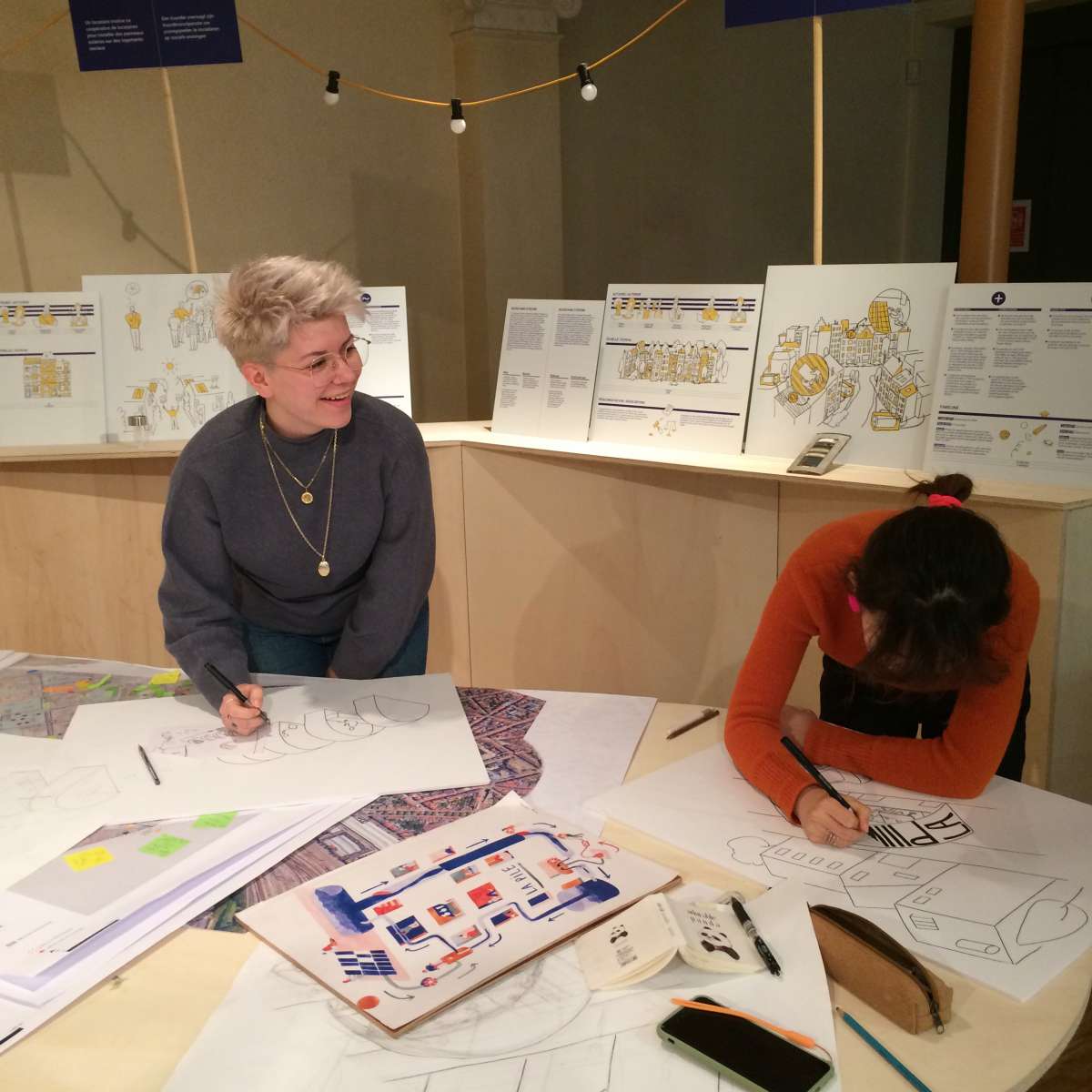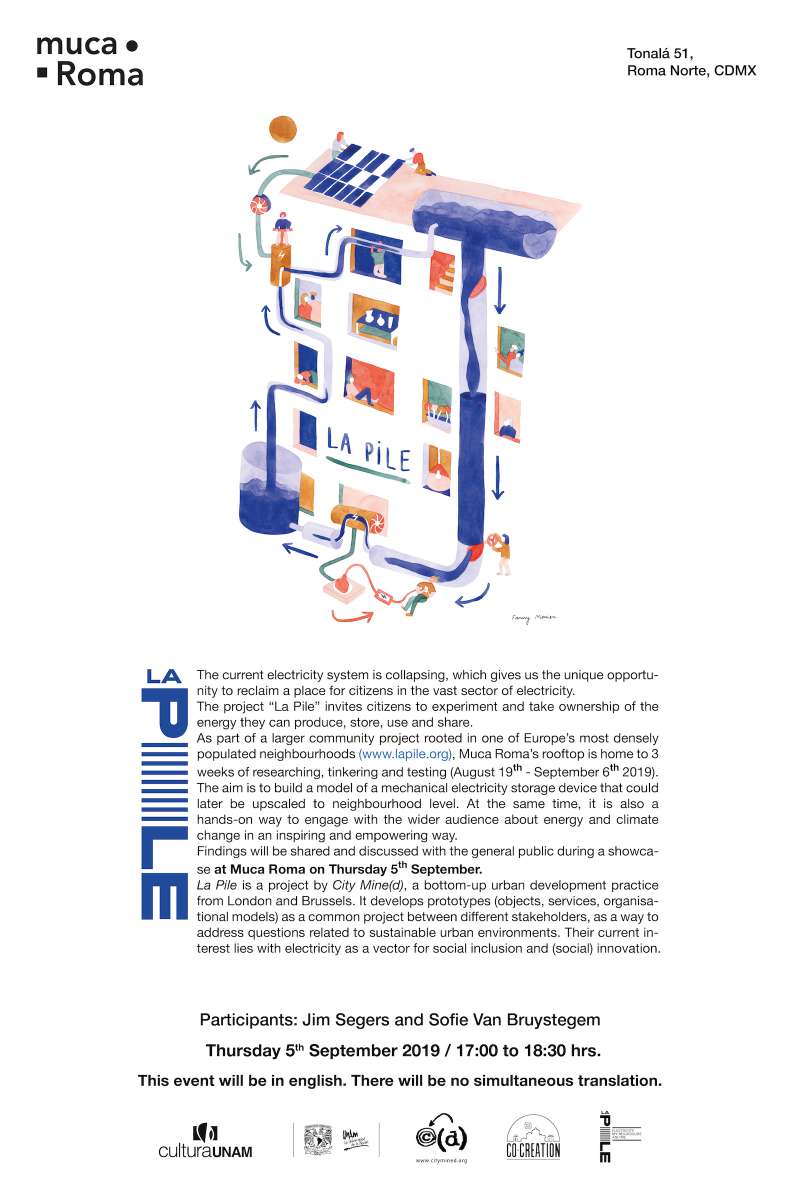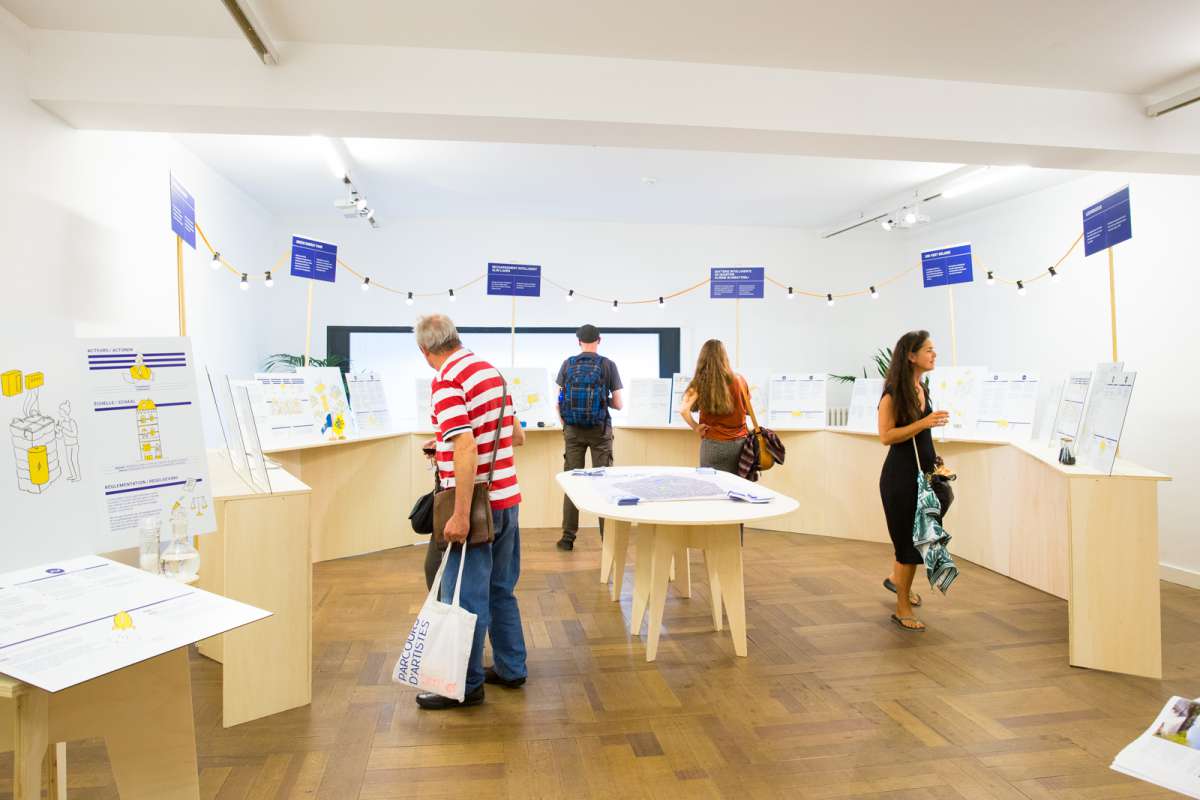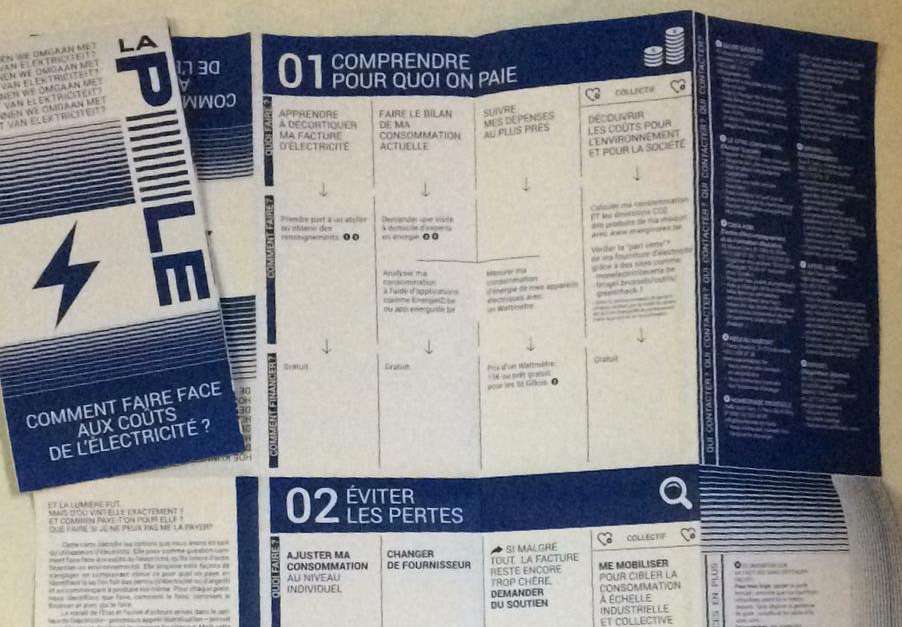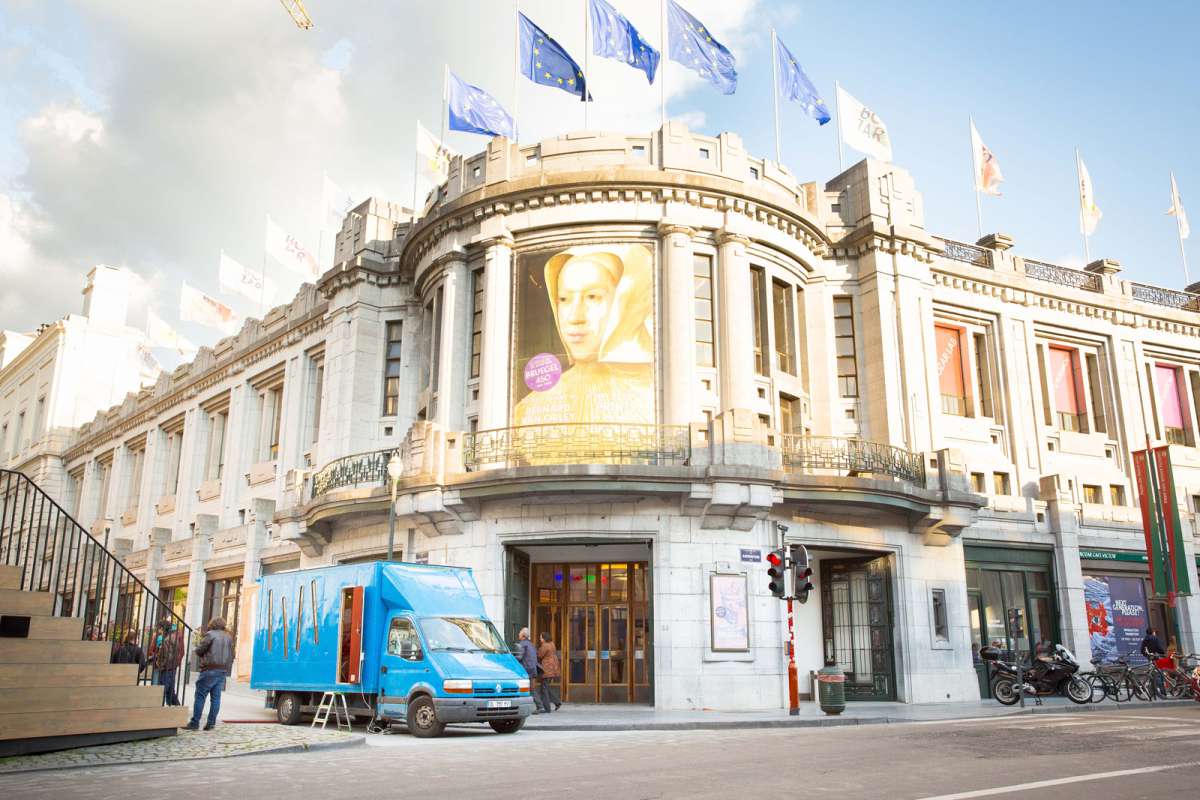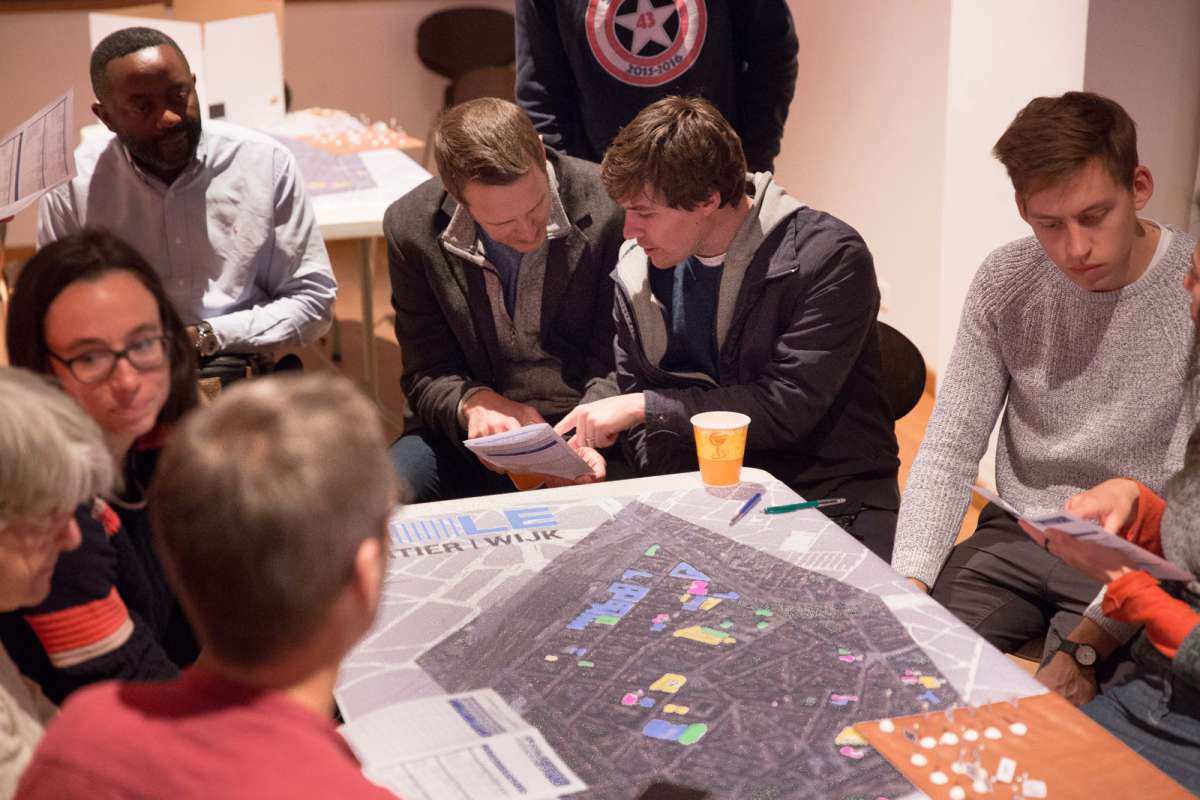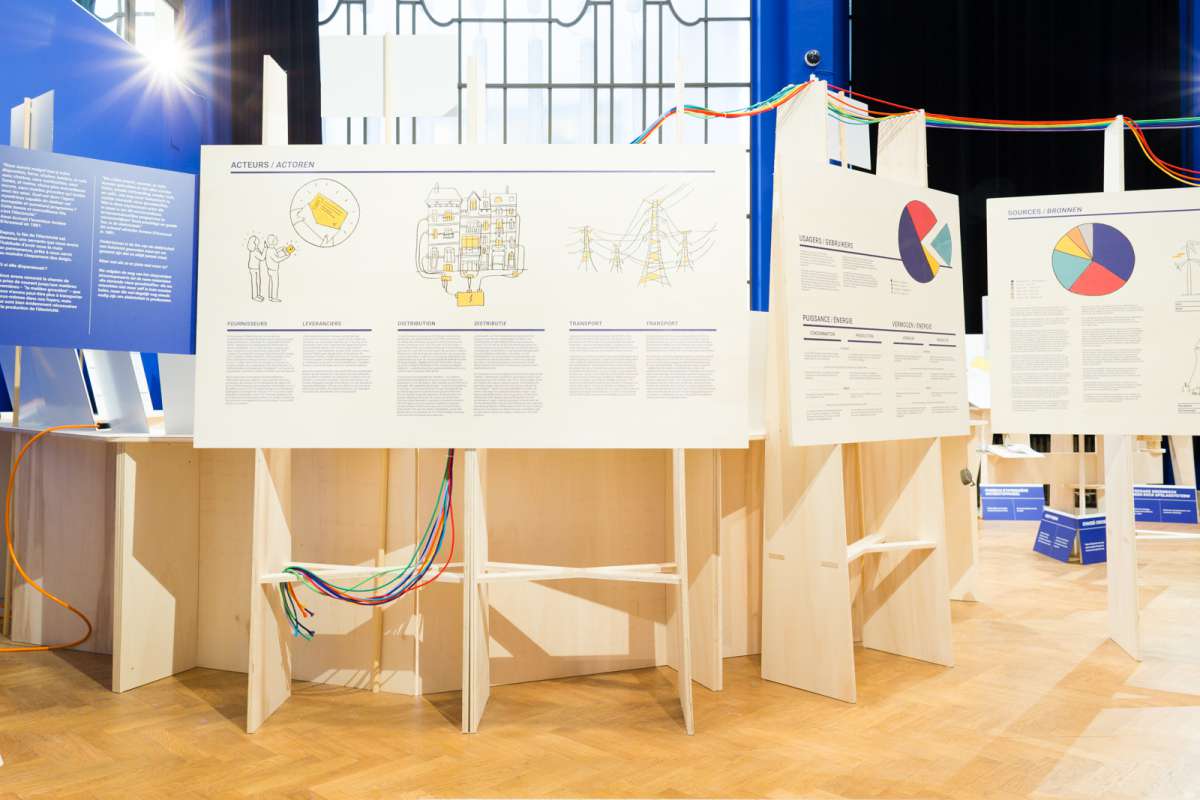Finding the hottest spots for an energy community
When a neighbourhood considers setting up an energy community, apart from the obvious social considerations, their ambitions are also shaped by public authorities and the electricity grid that is already present.
When La Pile planned to initiate an energy community in the Midi Neighbourhood, it obviously looked for the most relevant place to start. Identifying this spot provided a good excuse to contact key actors, like the commune, distribution company Sibelga, and a series of social and cultural organisations active in the neighbourhood.
The best way to make sense of the information they provided, was visualising them on a map from the neighbourhood. {Plan de Fond}.
The commune can play different roles in an emerging energy community. They can provide support, in the case of the Midi neighbourhood through the Contrat de Quartier Durable, for instance. They can also contribute to the production of green energy on the buildings they own or manage. This information was brought together on a second map {CartePublic}.
Electricity supply to the neighbourhood is structured around cabins of low-voltage, known as feeders. Collaboration in a community is a lot easier for a group that depends on the same feeder. Therefore, we also drew the map of the way feeders divide up our neighbourhood. To that we the solar production already present in the area. {Carte Technologique}
Equiped with these maps, we invited local residents and organisations on a mapping exercise {http://www.lapile.org/nl/la-pile-mecanique-in-de-zuidwijk-maar-waar }, on which they added relevant social information to the map: where do neighbour know each other, which places in the neighbourhood are considered cosy or sociable. This resulted in a third map. (Carte Technologique}
To draw the relevant information from the 3 maps, we relied on a method called heatmapping. Heatmapping is known from football reporting where it visualises spots on the field where certain teams or players are more or less active. In our case we brought together the public, technological and social information to identify the hottest spots for initiating an energy community. {Carte de Chaleur}
First 5 steps towards a heatmap
-
find a good map of your local area [for the Brussels Region https://urbisonline.brussels/ is a good source]
-
contact your local authority to learn about plans for your local area, buildings they own and buildings they manage
-
contact Sibelga to ask if you can get the map of low voltage cabins for your area
-
organise a workshop with local residents and local organisations to map relevant social information
-
bring these layers together (can be done in photoshop)
La Pile is happy to give advice to other aspiring energy communities who want to get a perspective on the hottest spots in their area.

